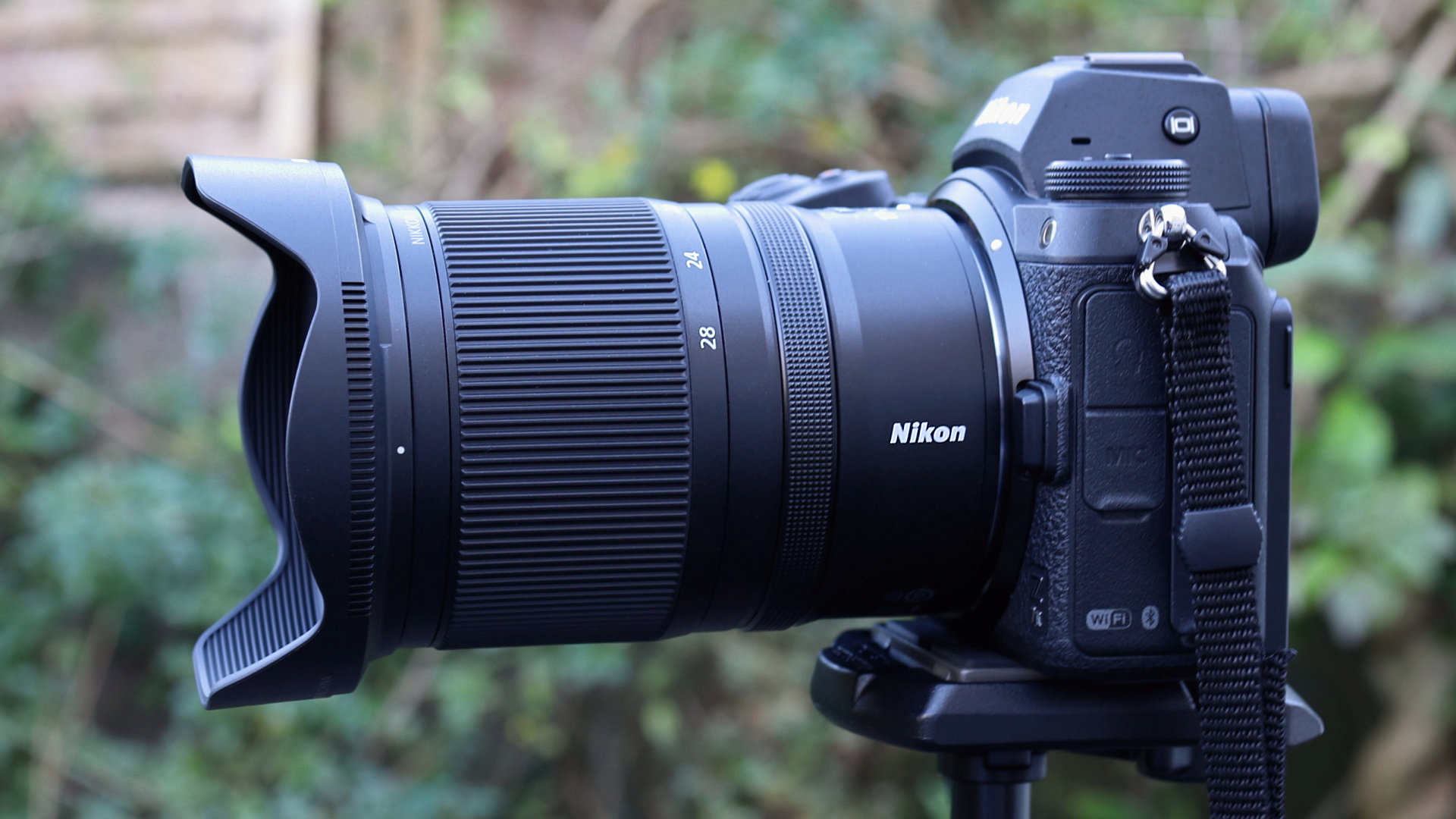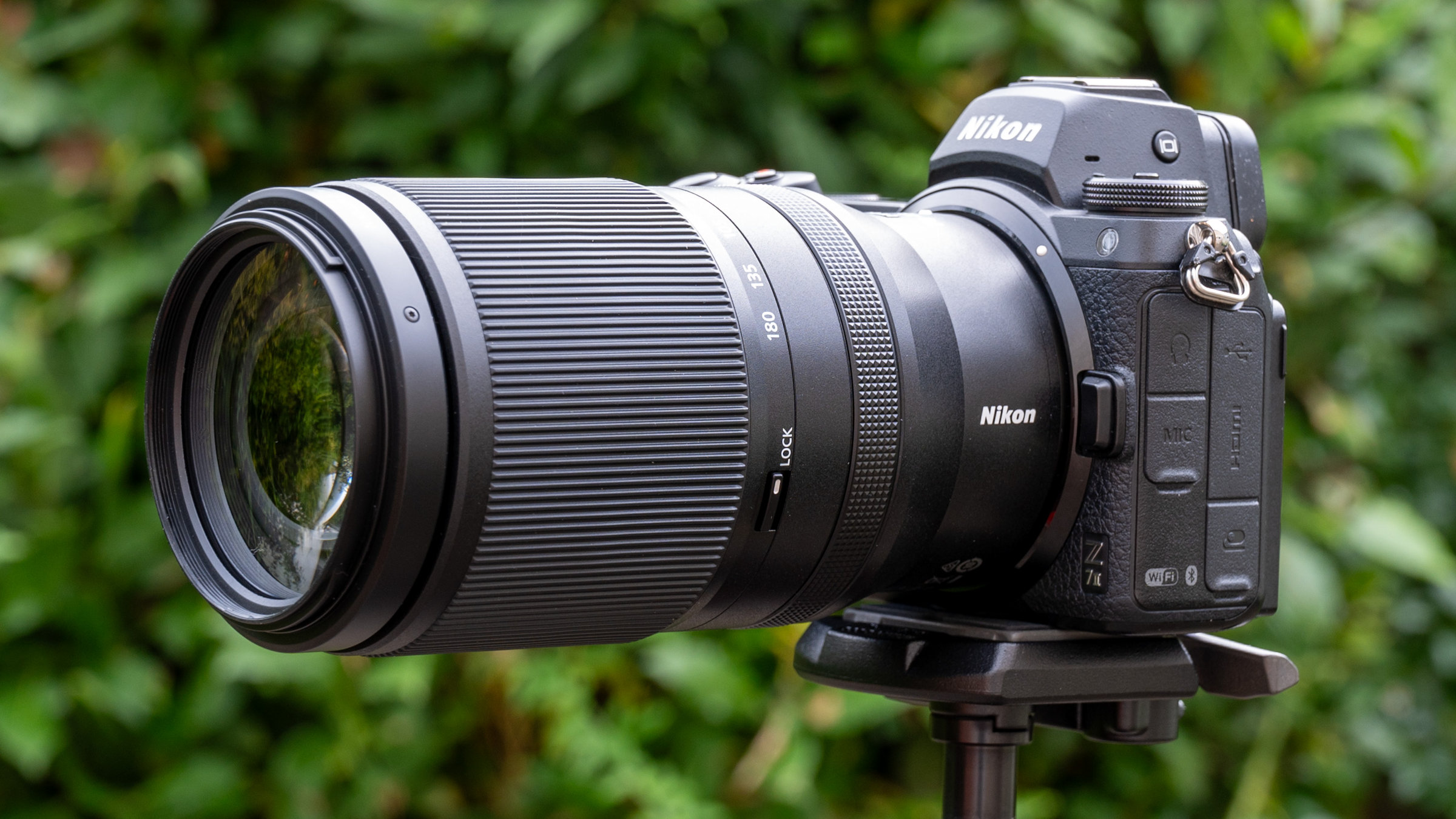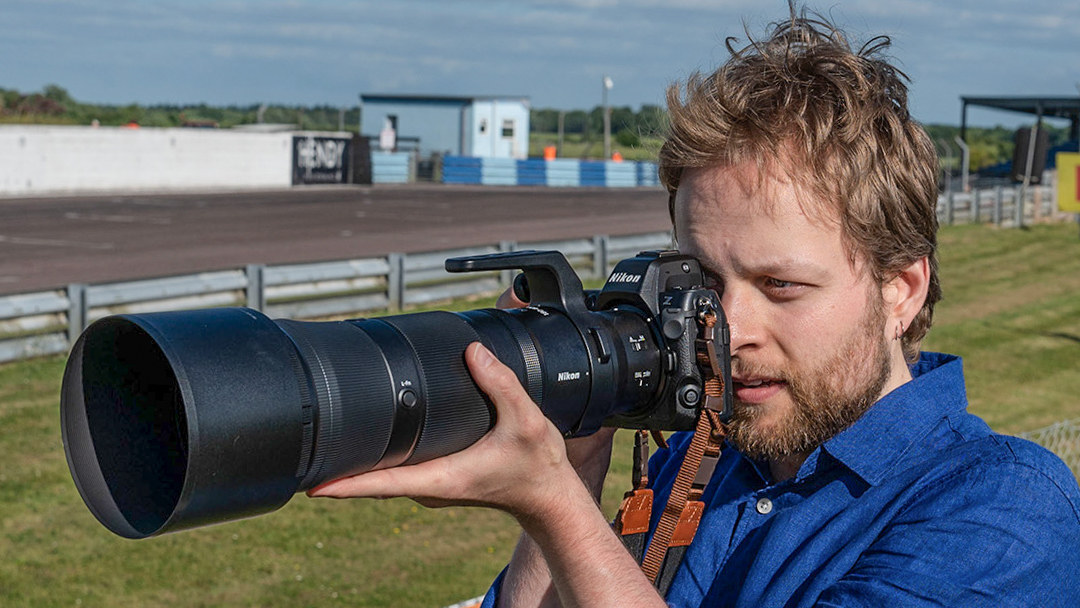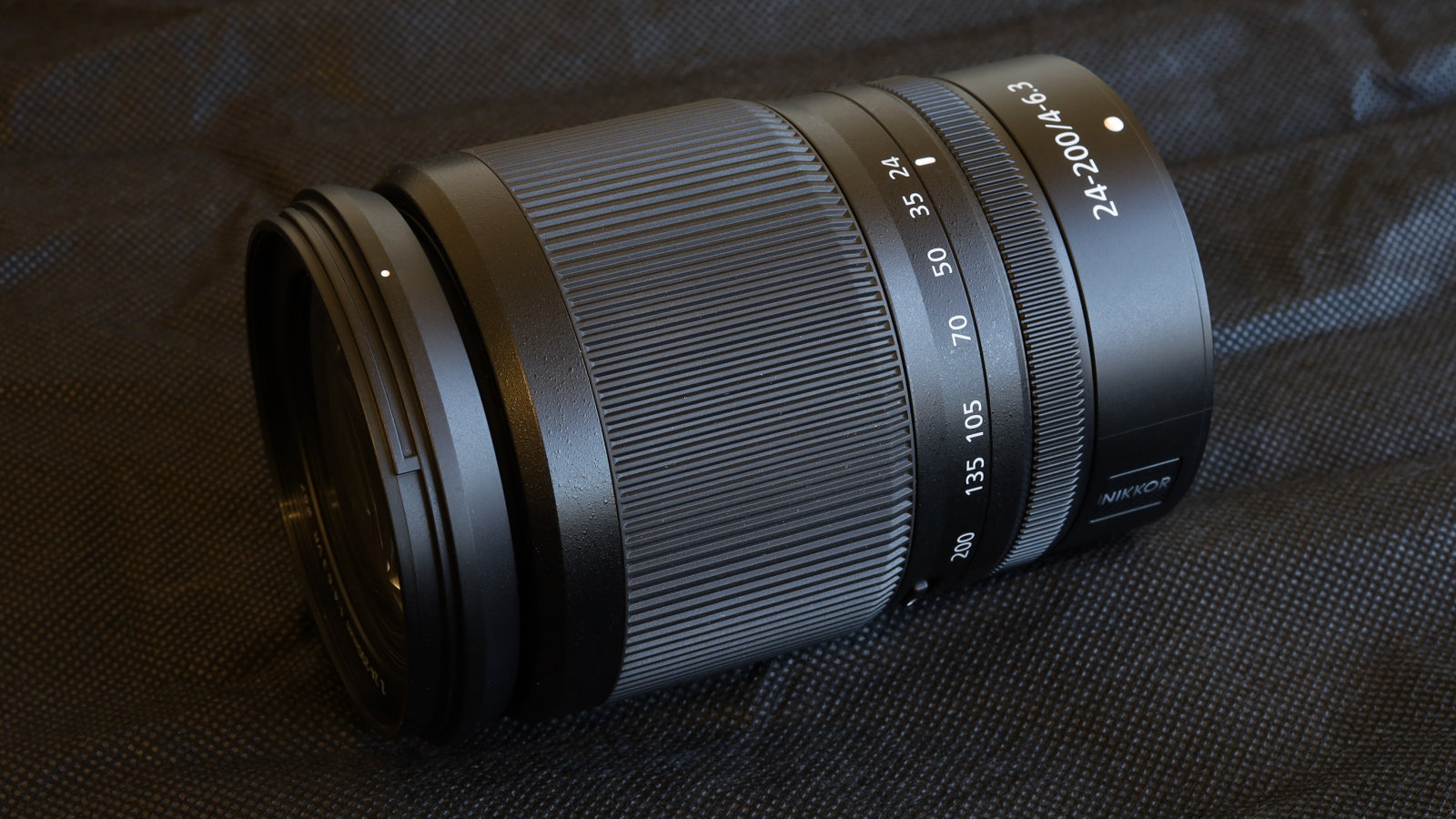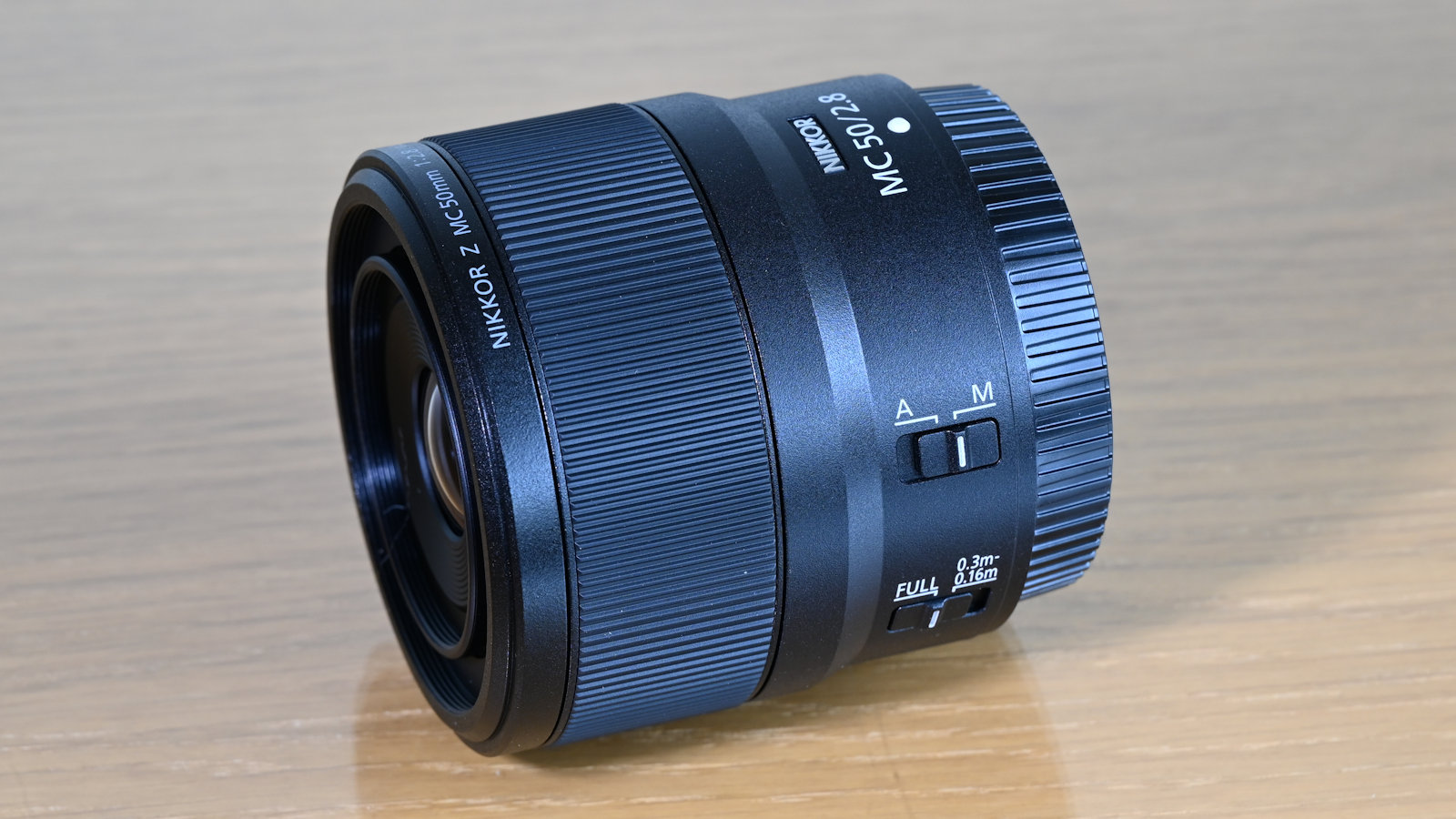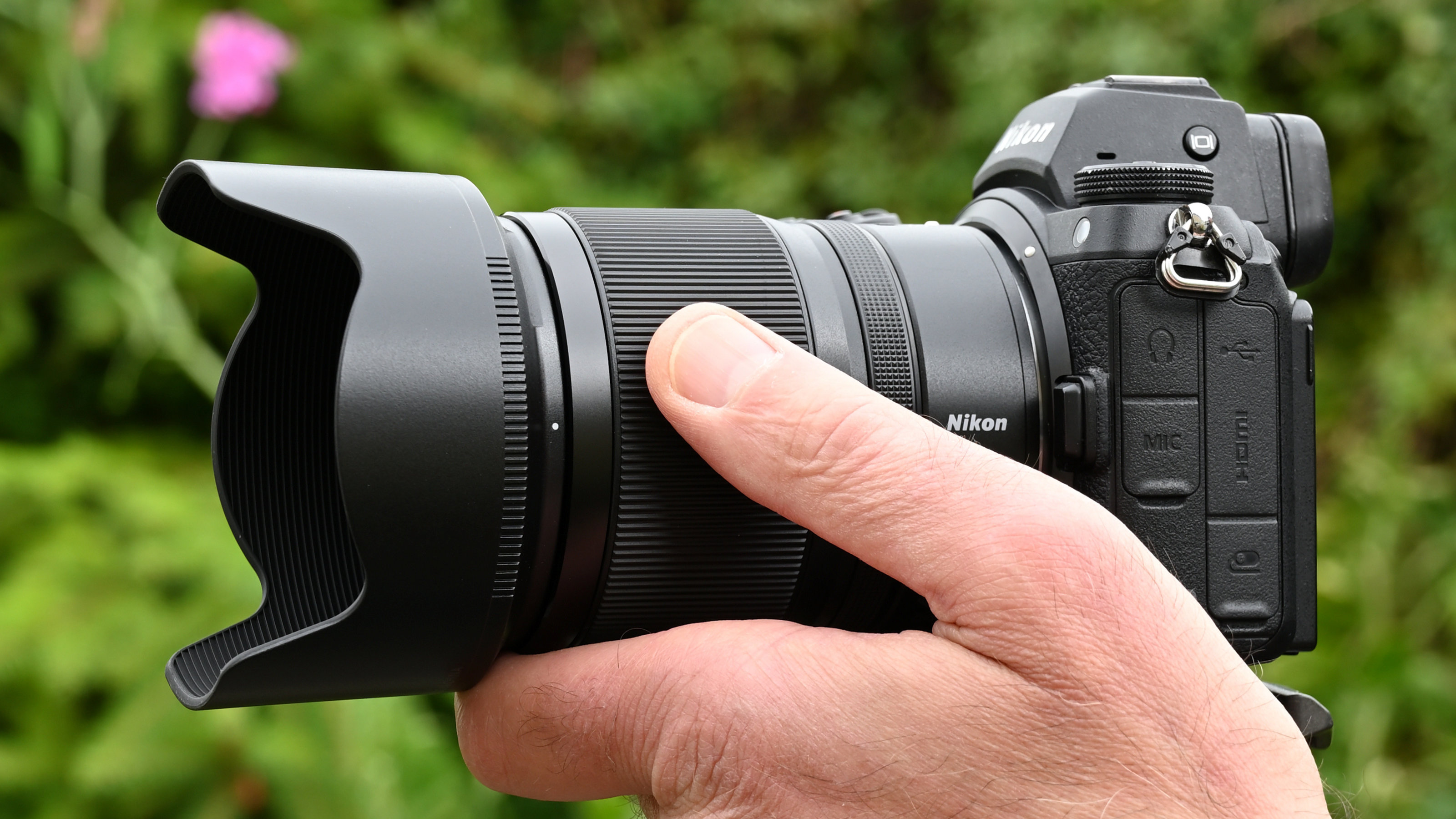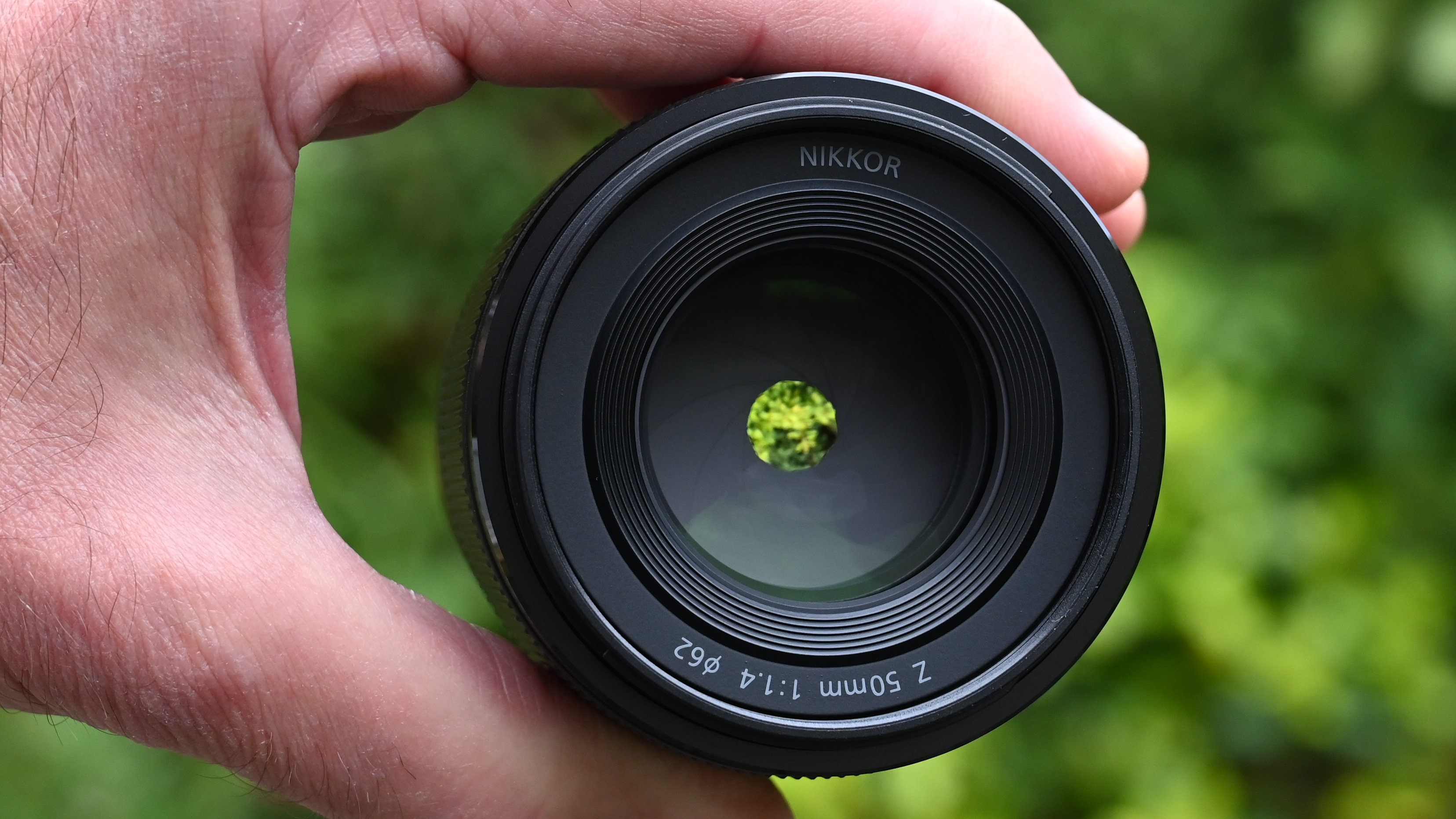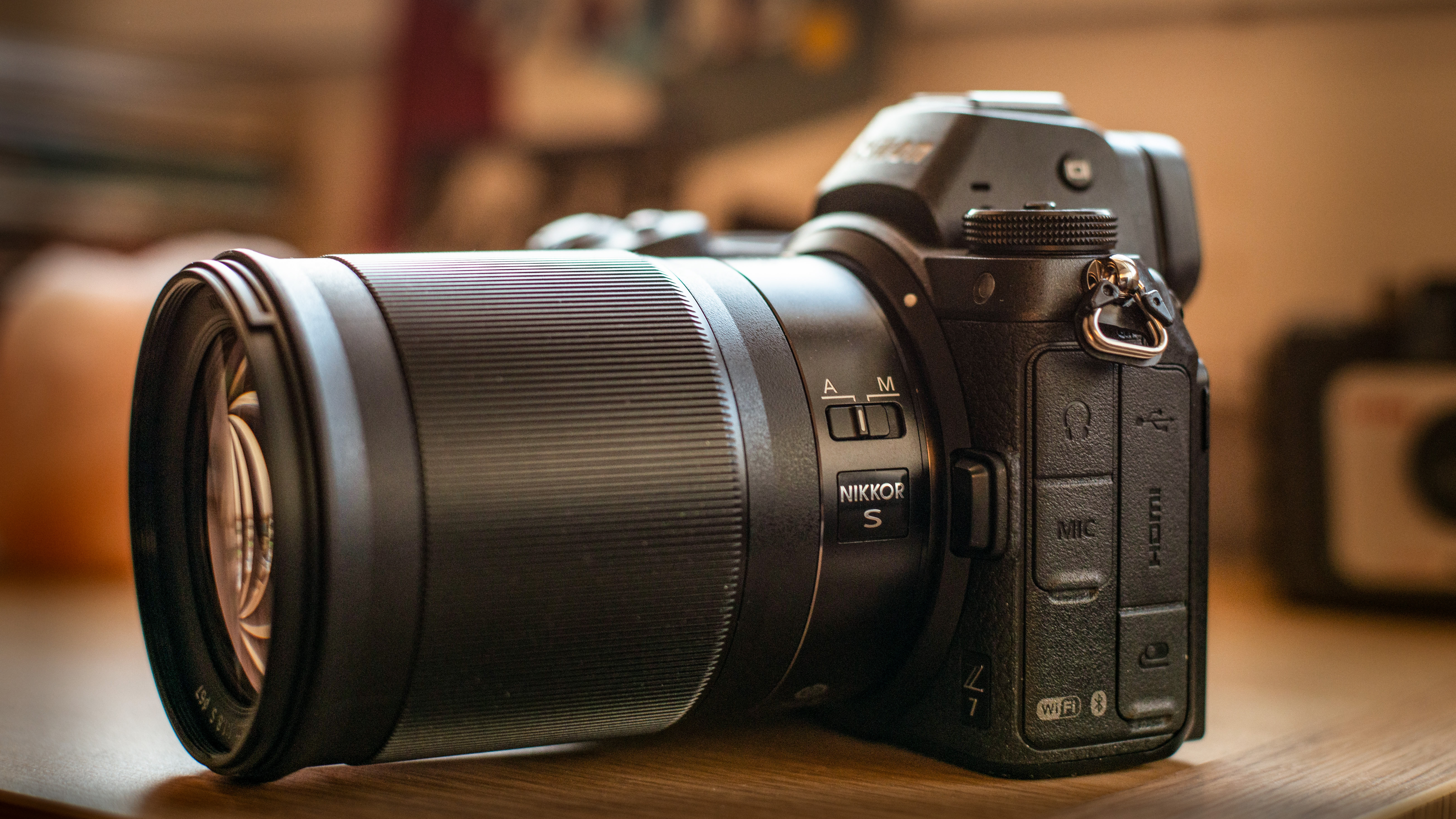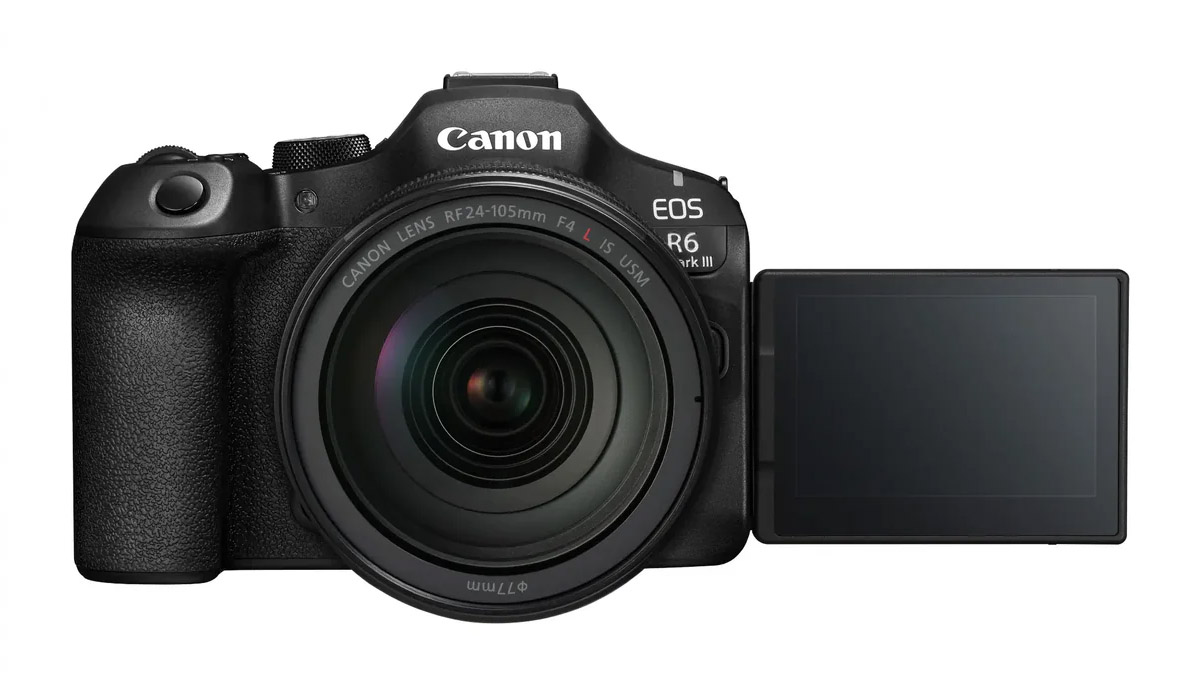The best lenses for the Nikon Z5 II and Z5 in 2025: affordable lenses suited to Nikon's best-value full-frame mirrorless cameras
The Nikon Z5 and its successor, the Nikon Z5 II, are brilliant cameras with tempting price tags, so what are the best-buy options once you've outgrown the kit lens?
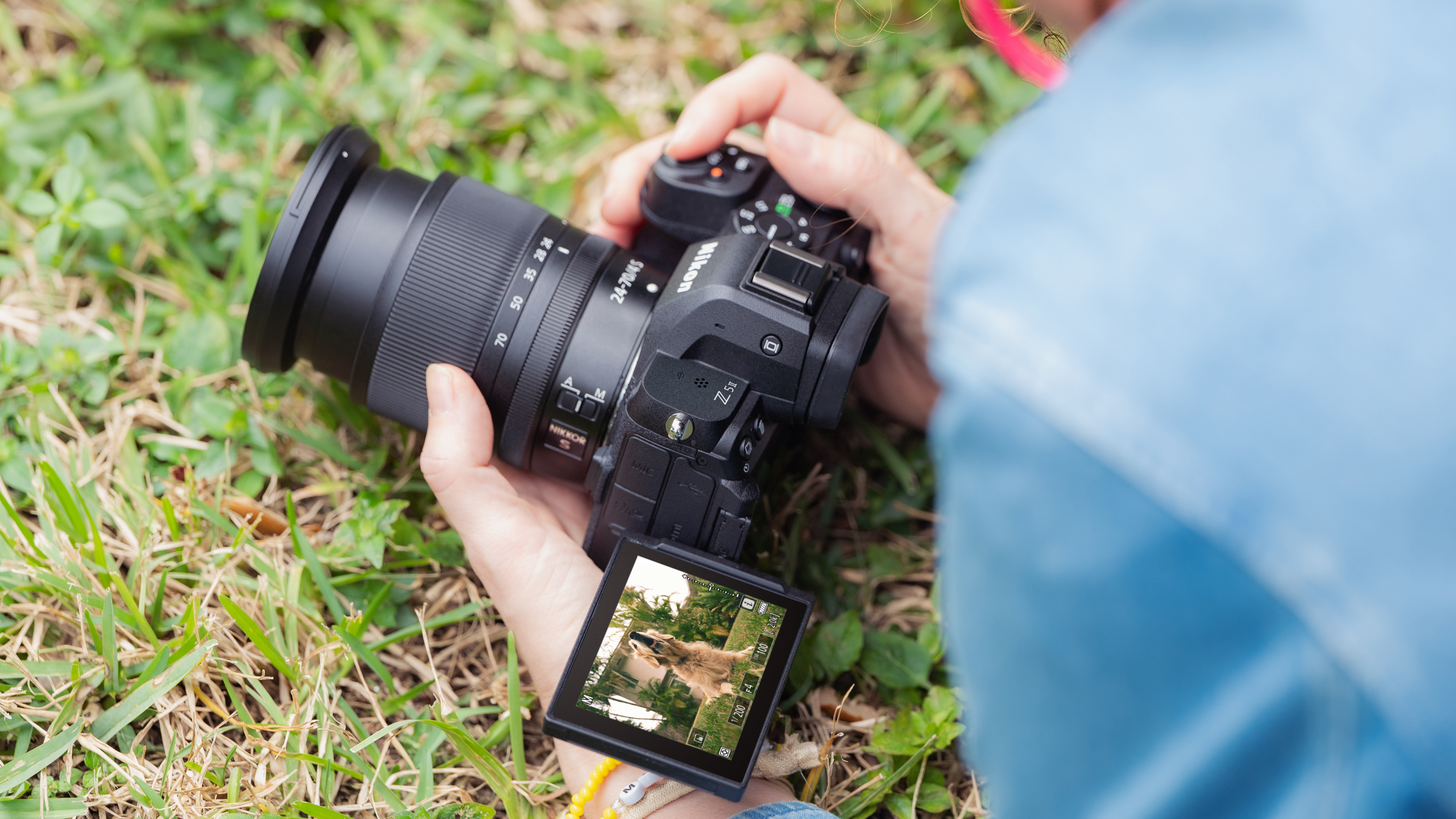
When it comes to choosing the best lenses for the Nikon Z5 II or Nikon Z5, it's a case of balancing your expectations and the things you want to shoot with the cameras' affordable appeal. These are full-frame cameras with very attractive price tags, so the best lenses are those that make the most of their large sensors without breaking the bank.
I’ve chosen a set of lenses that I think offer great performance but at a price that reflects the Z5 II and Z5’s value for money. Both cameras are available in kit form with the Nikkor Z 24-50mm f/4-6.3 retracting kit lens, but while this lens is compact and portable, its 2x zoom range and restricted maximum aperture limit its usefulness. So I'm including an alternative standard zoom that offers much more range and versatility. Not only that, but I've added a top-value fast wide-angle and telephoto zooms to complete the cut-price 'holy trinity' that every photographer should own.
I’ve covered as wide a range of focal lengths and shooting styles as possible to reflect that the Nikon Z5 II and Z5 are great cameras for travel, portraits, events, wildlife – and any other kind of everyday photography you might want to throw at them – so here are the best-buy lenses that will help you get the very best from Nikon's best-value cameras.
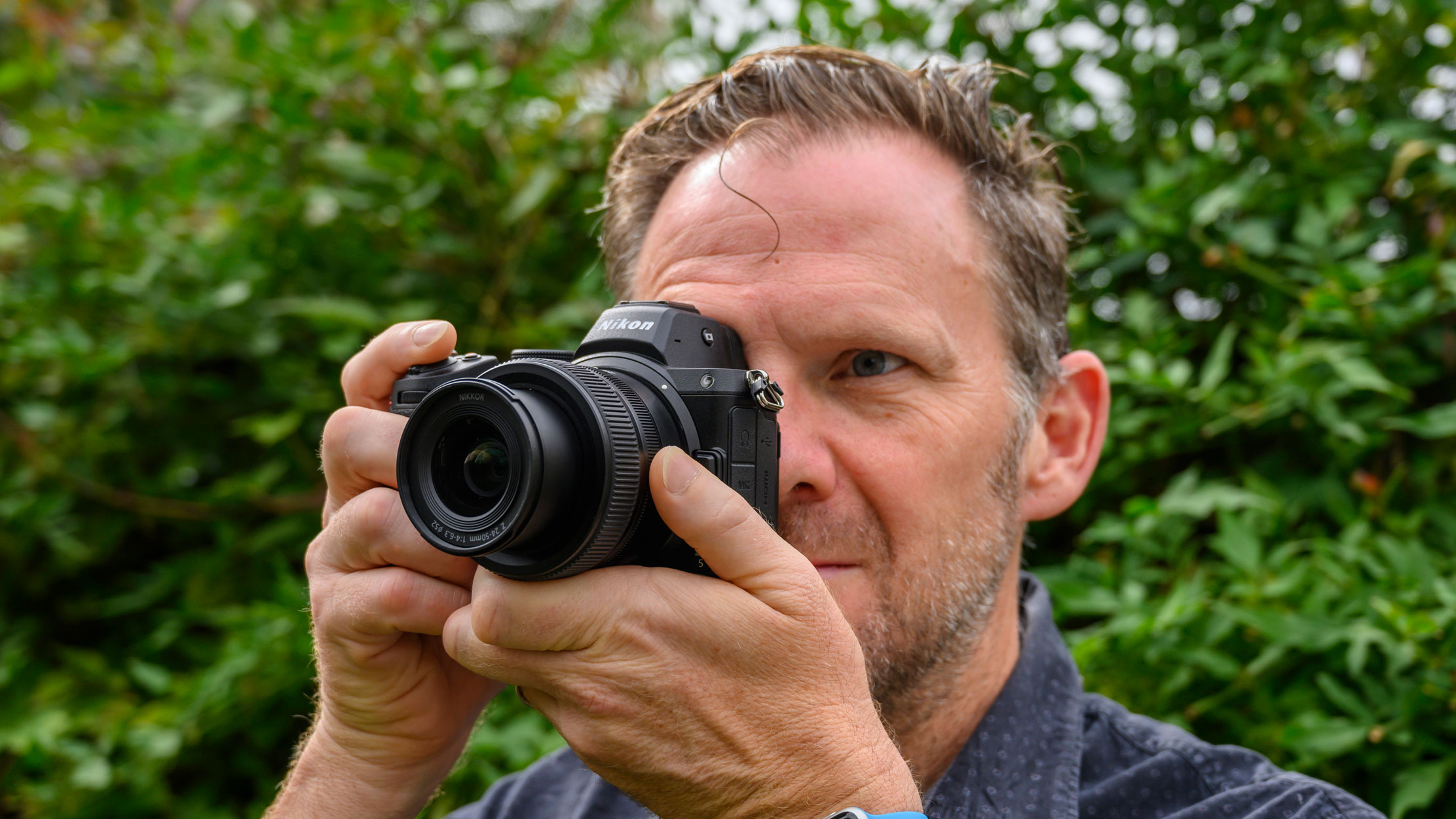
Nikon stalwart Adam was editor of N-Photo: The Nikon Magazine before becoming Digital Camera World's Guides Editor. He penned both our Nikon Z5 II and Z5 reviews, so he knows the cameras inside out, and there could be no better guide to the best-buy lenses for these brilliant-value cameras.
The Quick List
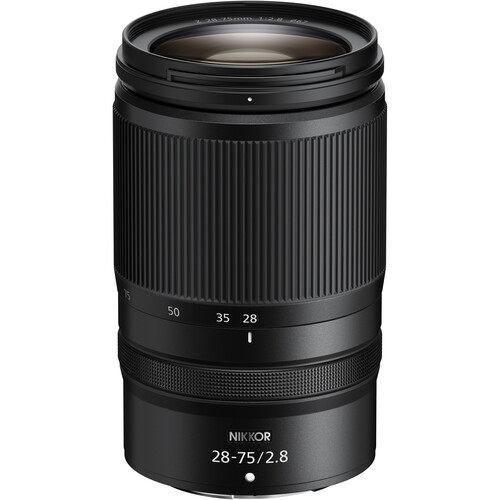
It has a slightly quirky focal range for a standard zoom, but that is more than compensated for by its fast constant f/2.8 aperture, normally the preserve of 'pro' lenses.
Read more below…
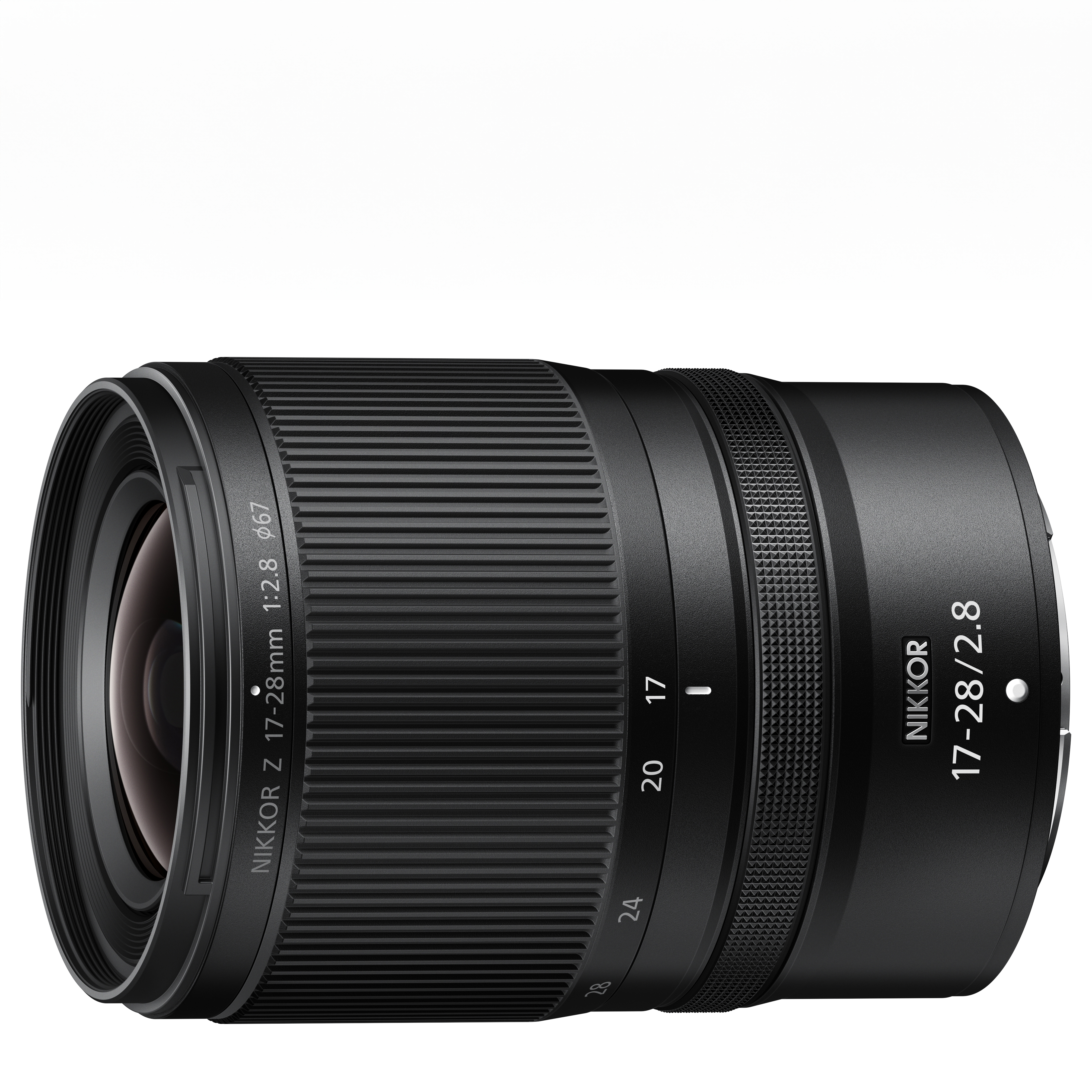
Expect excellent image quality and plenty of detail from this fast wide-angle zoom, which is ideal for landscapes, astrophotography, and interiors.
Read more below…
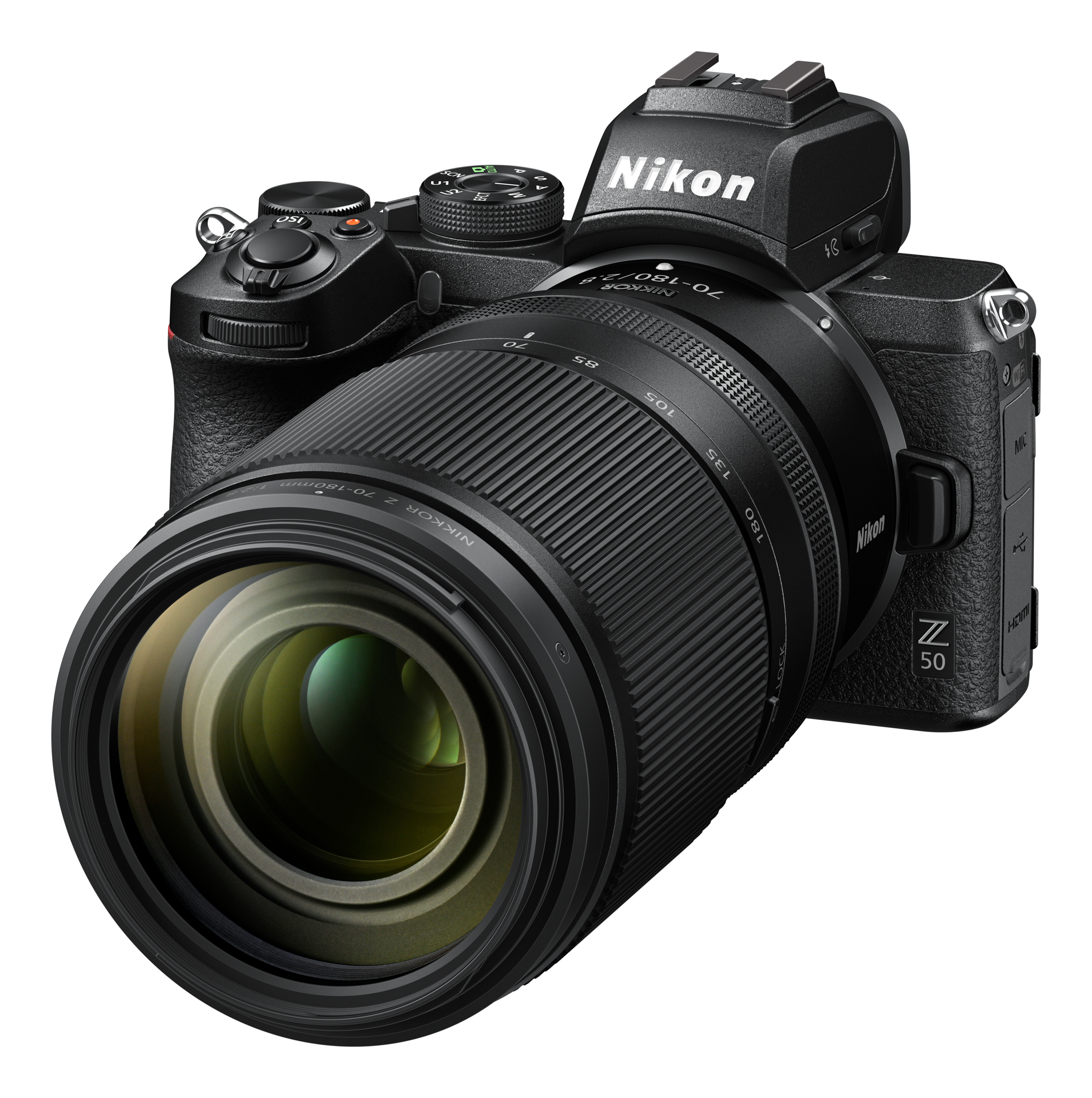
This fast f/2.8 telephoto zoom is lighter than most and completes Nikon's cut-price holy trinity of lenses that complement the Z5 line perfectly.
Read more below…
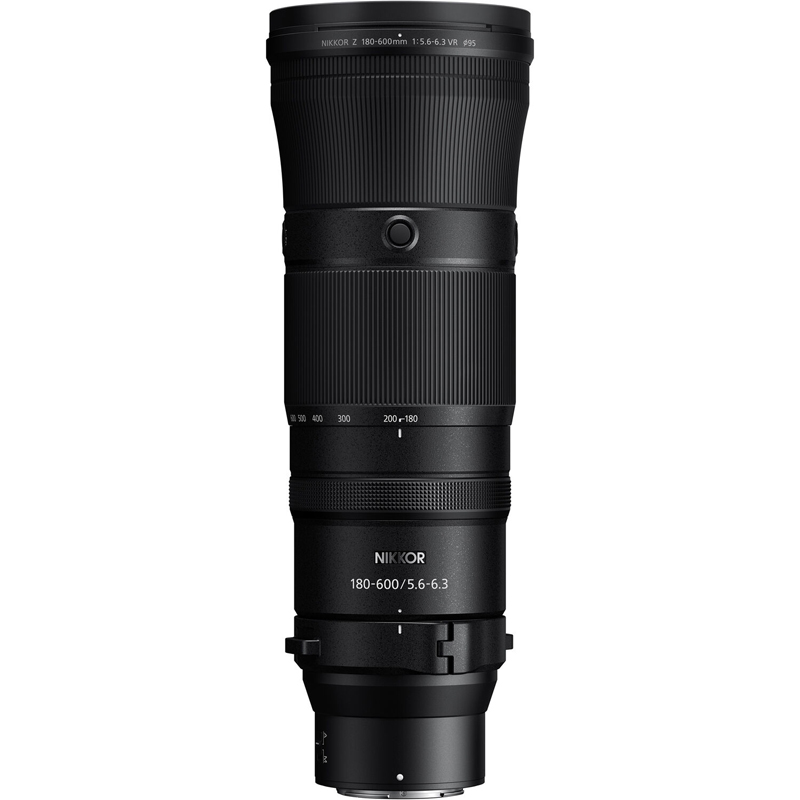
Nikon's best-value super-telephoto zoom has a gargantuan 600mm reach at the long end while its 180mm short-end segues perfectly with the Z 70-180mm tele-zoom.
Read more below…
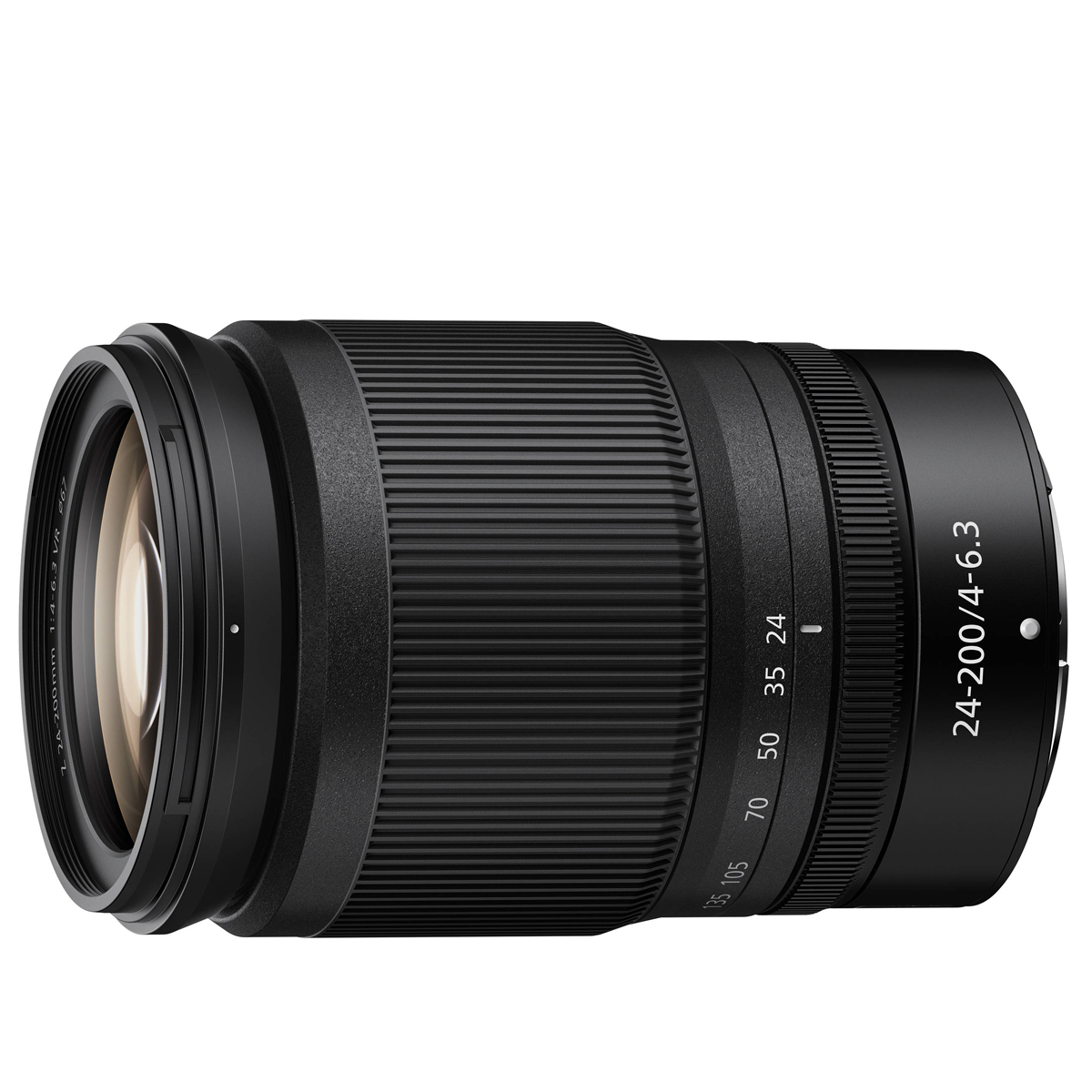
With an 8x zoom range, this can handle the roles of a standard zoom and a telephoto in one – perfect for travelers.
Read more below…
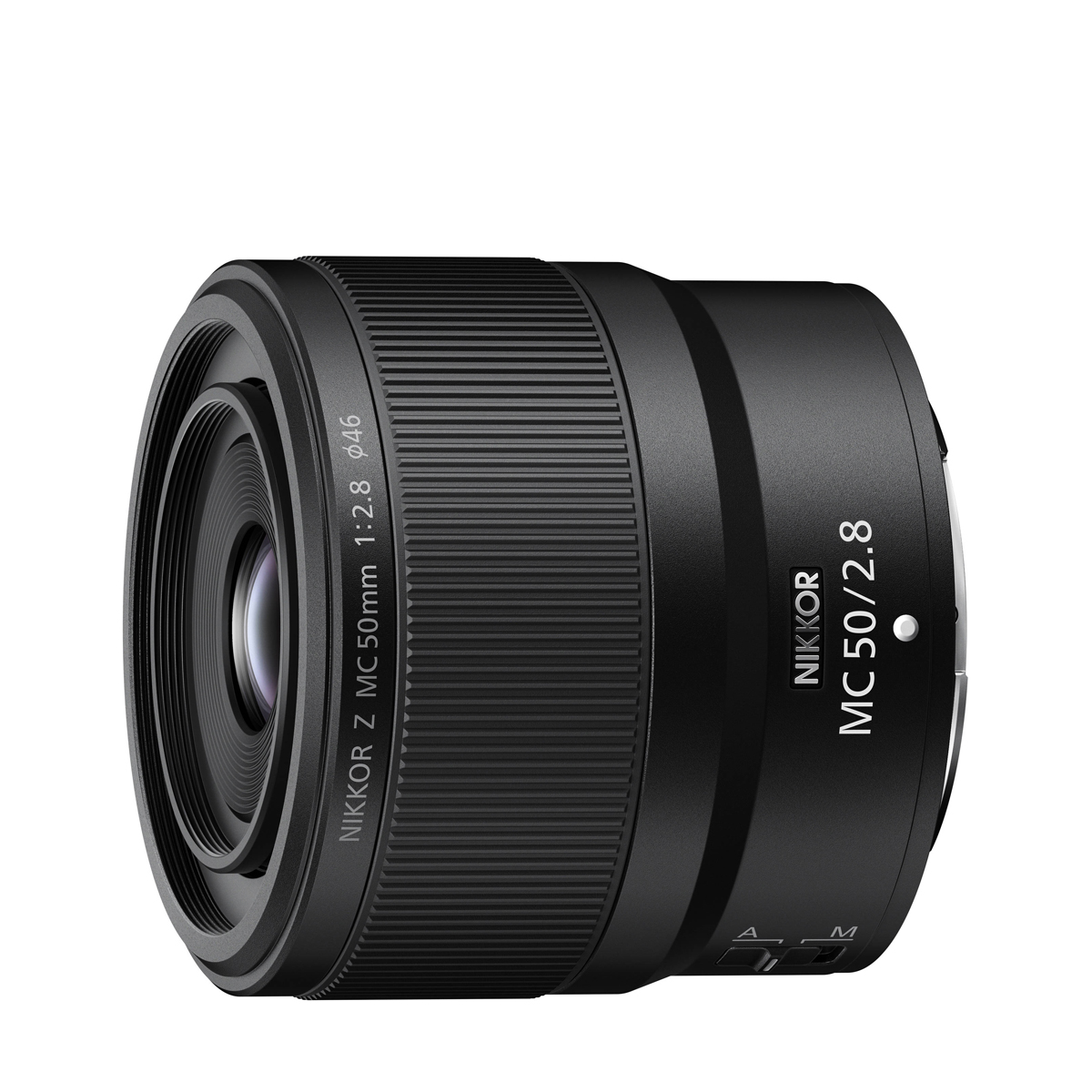
You can shoot small objects and critters at lifesize magnification with this prime, which also makes a decent ‘nifty fifty’.
Read more below…
Load the next products ↴
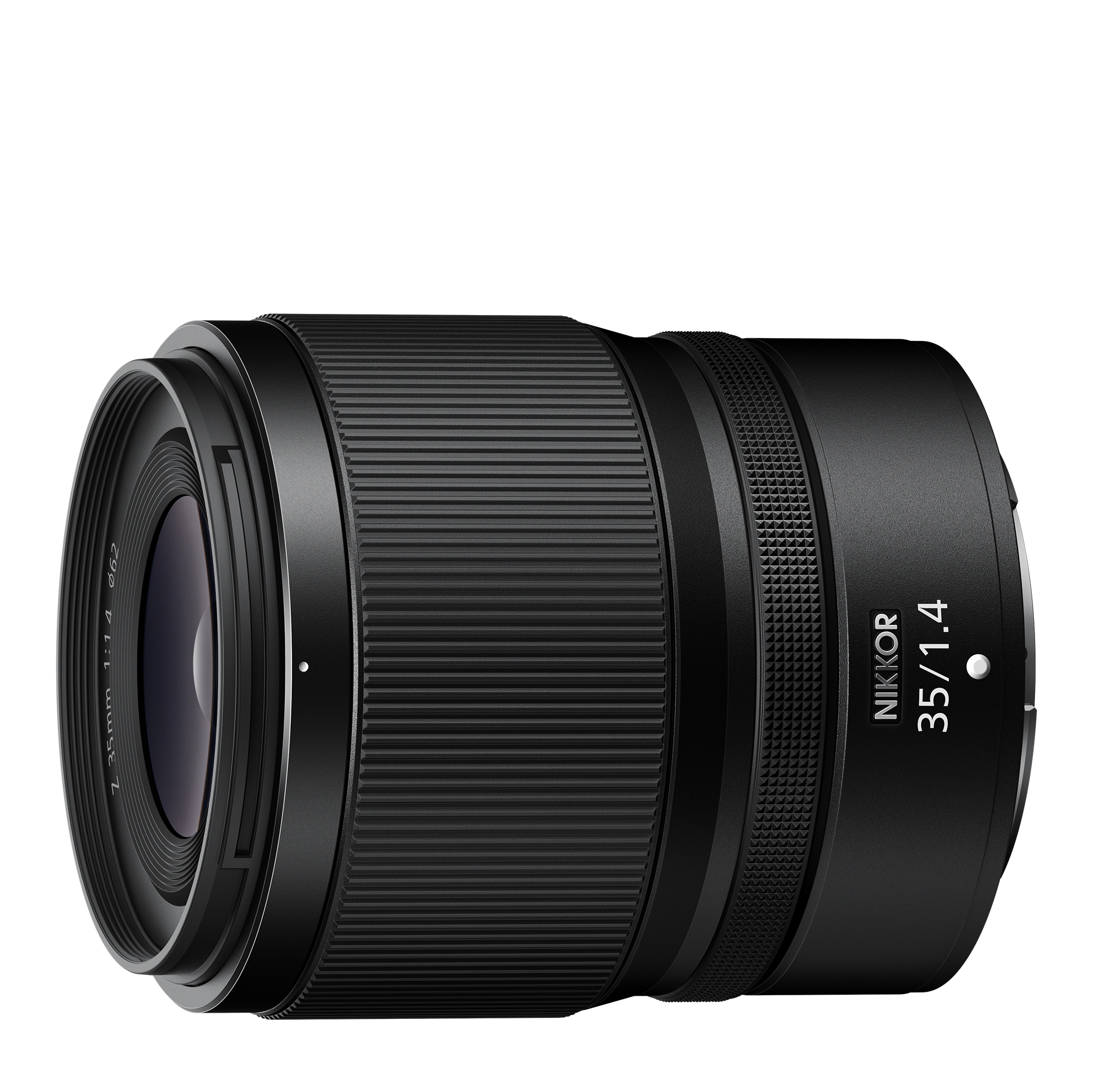
This wide prime is not only cheaper to buy than Nikon's Z 35mm f/1.8 S-line lens, but with a bright f/1.4 aperture, it's 2/3-stop faster too.
Read more below…
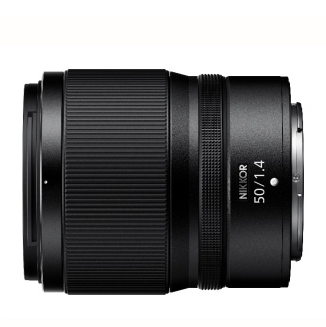
A 50mm prime, or nifty fifty, has long been the go-to lens for photographers looking for a natural perspective, and this fast f/1.4 lens offers cracking value.
Read more below…
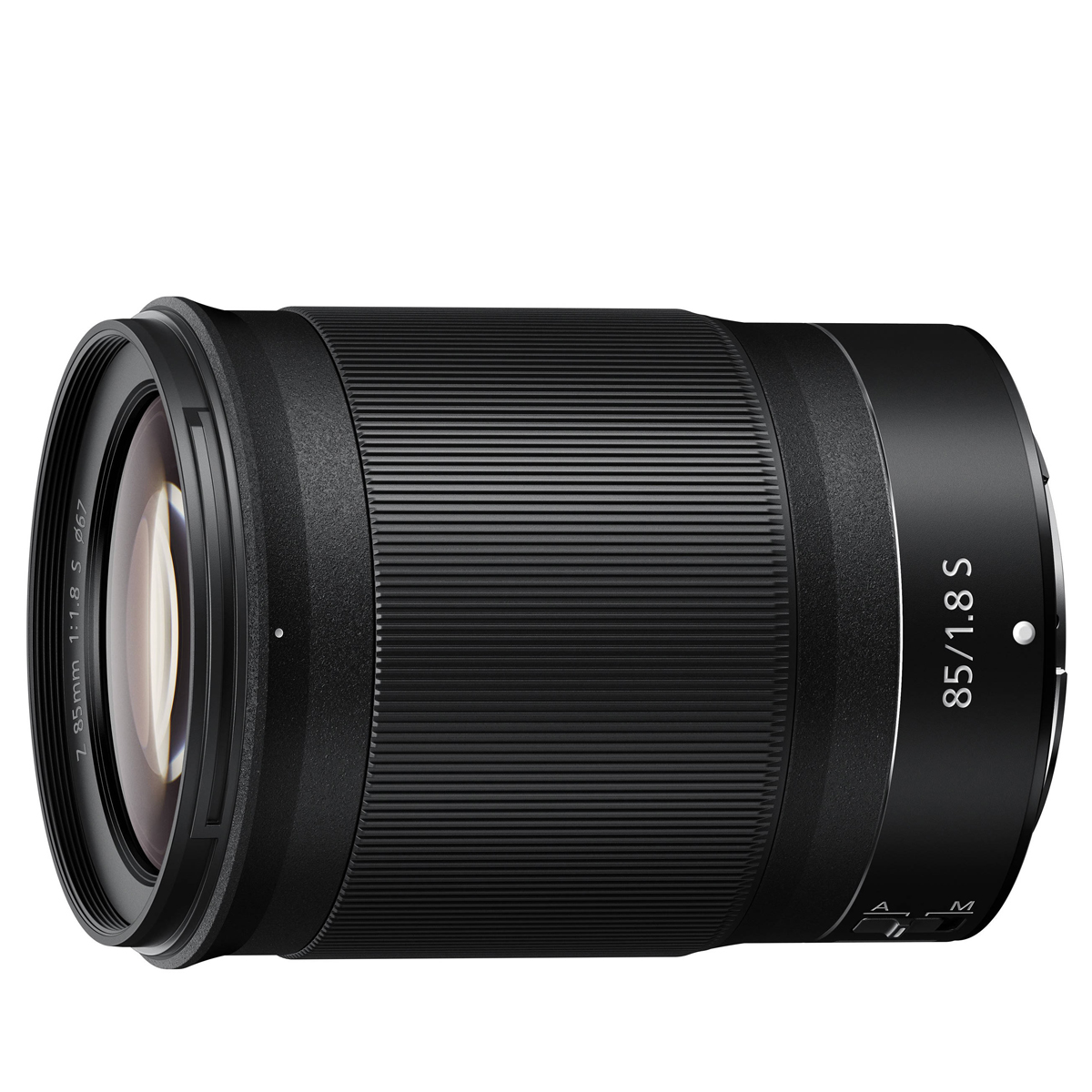
Get a flattering angle of view for faces and a satisfying look for your background blur with this well-made prime lens.
Read more below…
Best lenses for the Nikon Z5 II & Z5
Why you can trust Digital Camera World
Best everyday lens for the Z5 II & Z5
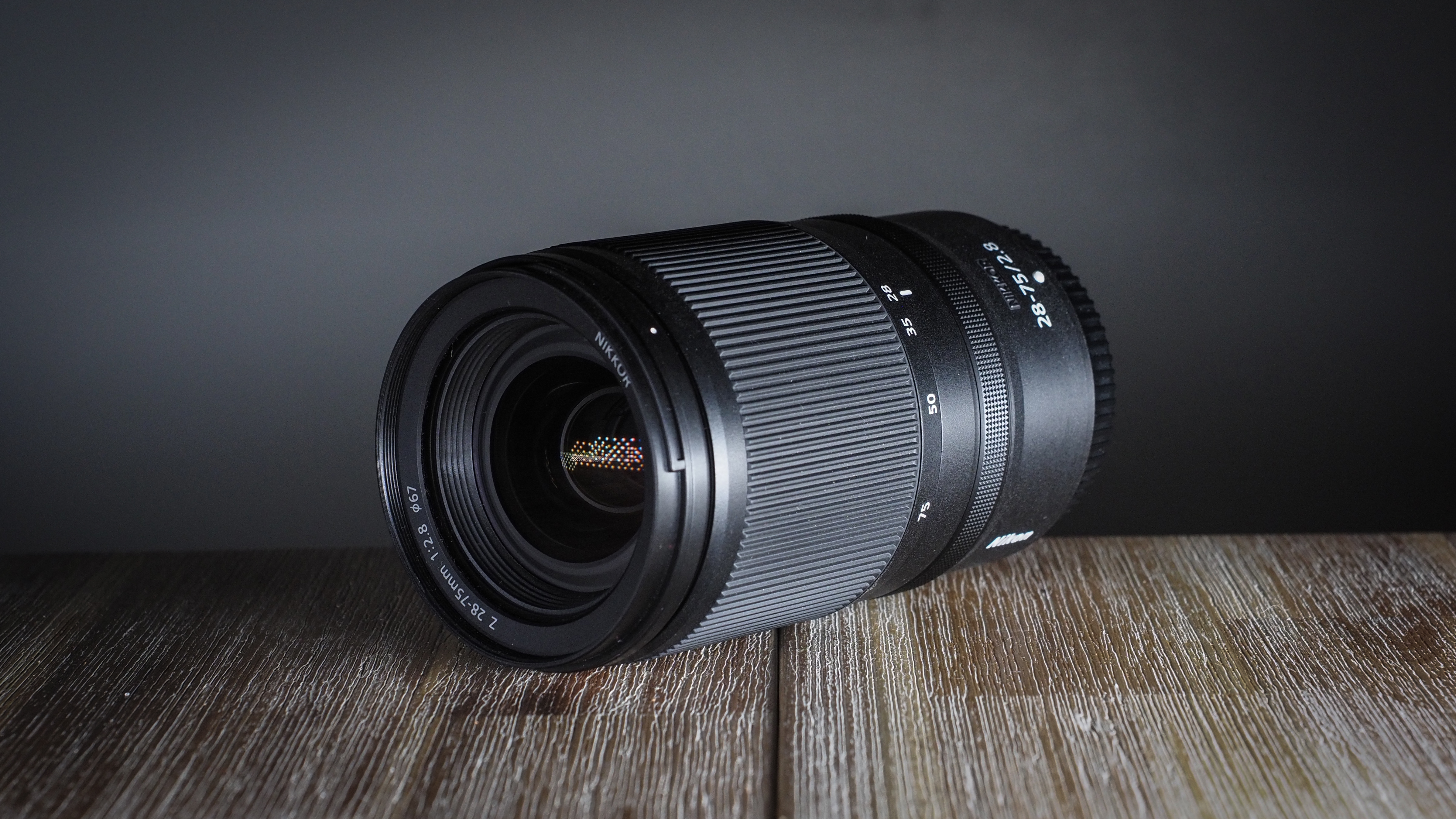
Specifications
Reasons to buy
Reasons to avoid
Much cheaper than Nikon’s top-flight Z 24-70mm f/2.8 S, this standard zoom is also smaller and lighter, yet it still has the same fast f/2.8 max aperture. The trade-off is that the focal length range is a slightly oddball 28-75mm, so you lose a little wide-angle potential but gain a little telephoto reach.
Optically, this lens performs admirably. Throughout the 28-75mm zoom range, I found sharpness to be very good, especially in the center of the frame, even wide open at f/2.8. There's a slight softening towards the edges at wider apertures, but it's nothing too concerning and improves as you stop down. The constant f/2.8 aperture is a real boon, providing consistent exposure and shallow depth of field capabilities across the entire zoom range, which is fantastic for portraits and isolating subjects.
Autofocus performance was snappy and reliable, locking onto subjects quickly and accurately. The close focusing distance is also quite impressive, allowing for some decent semi-macro shots. While it might lack some of the advanced features and ultimate sharpness of its pricier S-line sibling, the Nikkor Z 28-75mm f/2.8 offers a compelling balance of performance, portability, and affordability that is sure to appeal to owners of Z5-line cameras.
Read more: Nikon Z 28-75mm f/2.8 review


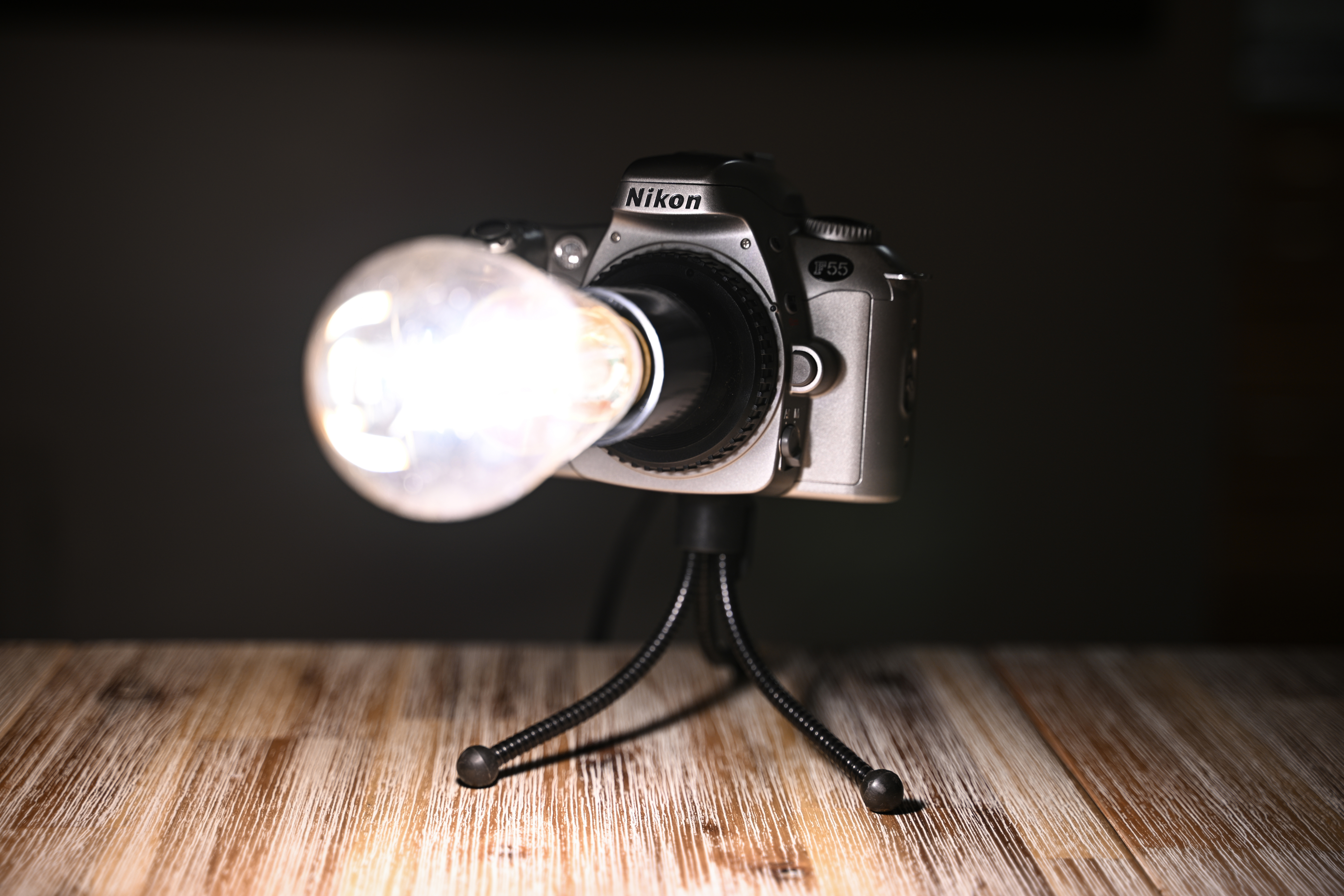
Features ★★★★1/2 | This alternative ‘trinity’ f/2.8 standard zoom features sharp and snappy autofocus. | Row 0 - Cell 2 |
Design ★★★★1/2 | It's not an S-line lens, but build quality is robust with extensive weather-seals. | Row 1 - Cell 2 |
Performance ★★★★★ | Center sharpness is excellent throughout the zoom range, extreme edge sharpness less so. | Row 2 - Cell 2 |
Value ★★★★★ | Much less expensive than a typical ‘trinity’ 24-70mm f/2.8 standard zoom and top value. | Row 3 - Cell 2 |
Best wide-angle lens for the Z5 II & Z5
Specifications
Reasons to buy
Reasons to avoid
It's a close-run race for the best wide-angle lens for the Z5 II and Z5, but for me the Nikon Z 17-28mm f/2.8 just edges the Z 14-30mm f/4 S. Yes, the focal length isn't as expansive, but that fast, constant f/2.8 aperture puts it in 'holy trinity' territory, only without the price. The compact and lightweight design is a real highlight, and the lens feels incredibly portable, making it a great choice for travel, vlogging, and anyone who prefers a lighter setup. Despite its size, it still feels well-built.
Optically, the lens delivers impressive results. I found the sharpness to be very good across the frame, particularly in the center, even when shooting wide open at f/2.8. There's some expected softness in the corners at wider apertures, but it's generally well-controlled and improves as you stop down. The constant f/2.8 aperture is a significant advantage, providing consistent exposure and shallow depth of field potential throughout the zoom range, which is excellent for creating separation and working in low light.
Autofocus performance was quick and quiet. The lens also exhibits minimal focus breathing, a definite plus for videographers. The wide 17mm end is fantastic for capturing expansive landscapes, architecture, and immersive vlogs, while the 28mm end offers a more standard wide-angle perspective for various subjects. It fits neatly with the Z 28-75mm f/2.8, too.
Read more: Nikon Z 17-28mm f/2.8 review



Features ★★★★1/2 | It's not as wide as Nikon's other wide zooms, but has a fast f/2.8 aperture. | Row 0 - Cell 2 |
Design ★★★★1/2 | Build quality feels solid despite the relatively lightweight construction. | Row 1 - Cell 2 |
Performance ★★★★★ | Sharpness levels are spectacular, but drops off a little zoomed in to 28mm. | Row 2 - Cell 2 |
Value ★★★★★ | Top value for a fast wide-angle zoom, as long as you can live without an extreme 14mm at the wide end. | Row 3 - Cell 2 |
Best telephoto lens for the Z5 II & Z5
Specifications
Reasons to buy
Reasons to avoid
Completing the 'holy trinity' of fast f/2.8 zooms, the Nikon Z 70-180mm f/2.8 telephoto zoom has a relatively compact and lightweight design, in common with its 17-28mm and 28-75mm stablemates, and the same relatively small 67mm filter thread, enabling the sharing of filters should you get all three lenses. It is significantly more portable and handlable for extended shooting sessions compared to the bulkier Z 70-200mm f/2.8 S lens, not to mention much, much cheaper. However, you do lose 20mm of reach at the telephoto end, and there's no VR in the lens, although both the Z5 II and Z5 have in-body image stabilization.
Optically, this lens delivers commendable performance. I found sharpness to be very good throughout the 70-180mm range, even wide open at f/2.8. While it might not have the absolute edge-to-edge sharpness of some higher-end lenses, the center sharpness is excellent. The constant f/2.8 aperture is a huge advantage, offering consistent exposure and beautiful bokeh across the entire zoom range, which is fantastic for isolating subjects. Autofocus performance was swift and accurate during my testing. It locked onto subjects quickly and tracked them reliably, making it suitable for capturing dynamic moments. The lens also boasts a surprisingly good close-focusing capability, venturing into near-macro territory, which adds to its versatility.
While it might lack some of the advanced features found in pricier telephoto zooms, such as built-in tripod collars or optical stabilization, the Nikon Z 70-180mm f/2.8 offers a compelling package for Z5-line camera owners needing that bright aperture and telephoto reach without the premium price tag and weight.
Read more: Nikon Z 70-180mm f/2.8 review
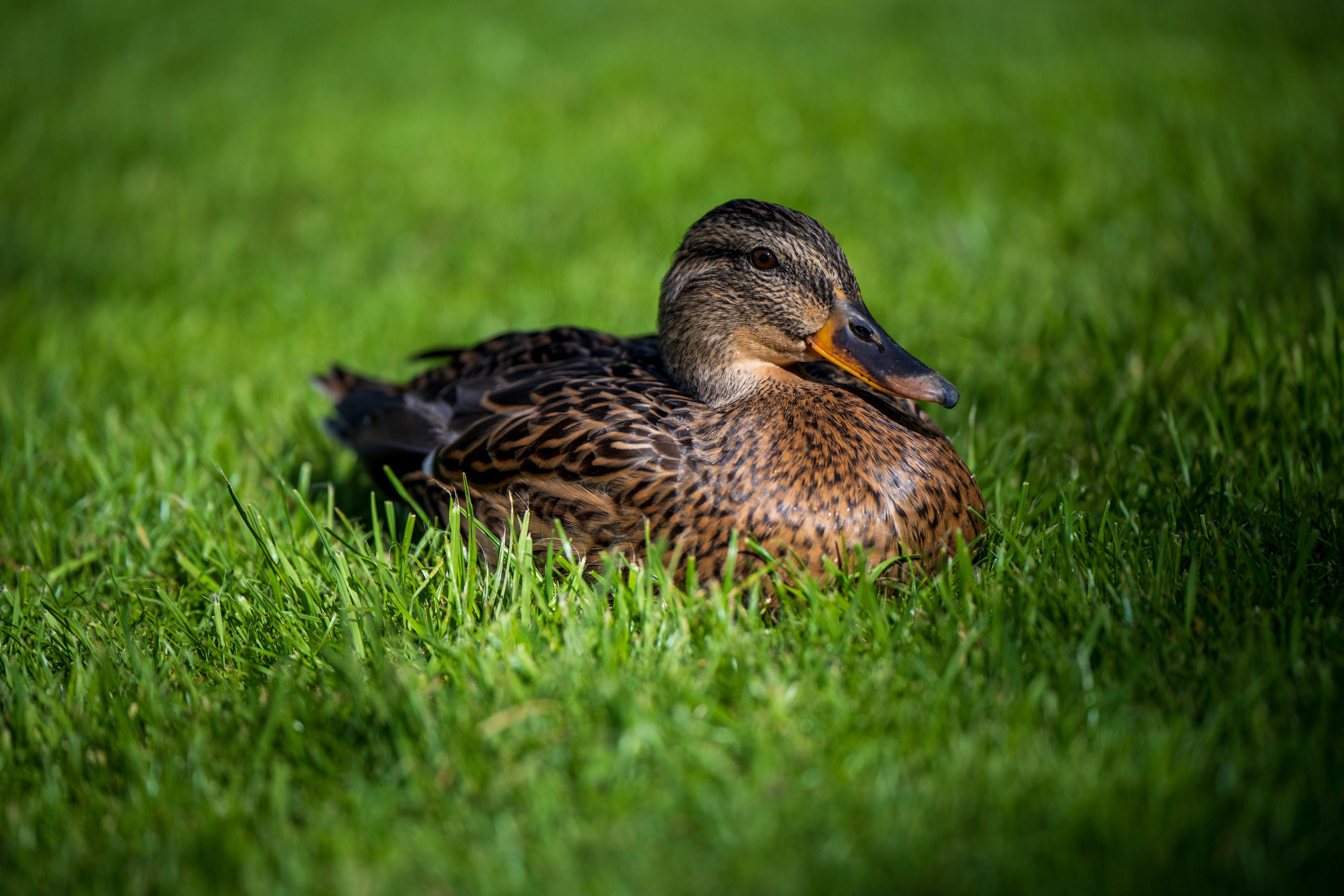


Features ★★★★☆ | The feature set is very good overall but there’s no optical VR nor any L-fn buttons. |
Design ★★★★★ | Compared with 70-200mm f/2.8 telephoto zooms, this lens is wonderfully compact and lightweight. |
Performance ★★★★★ | Sharpness is excellent and the quality of bokeh is gorgeous. It’s an absolutely standout ‘alternative trinity’ zoom. |
Value ★★★★★ | It’s certainly not a cheap lens but is nevertheless only about half the list price of the Z 70-200mm f/2.8. |
Best super-telephoto lens for the Z5 II & Z5
Specifications
Reasons to buy
Reasons to avoid
The Nikon Z 180-600mm f/5.6-6.3 VR lens is a standout performer, especially considering its relatively affordable price point. The monster 180-600mm zoom range provides incredible versatility, allowing you to capture everything from medium-distance shots and extreme close-ups, making it ideal for sports, wildlife, bird, and aviation photography. It's remarkably sharp at all focal lengths, delivering images with excellent clarity, contrast, and color rendition.
One of the key features is the 5.5-stop optical VR (Vibration Reduction), which is crucial for handheld shooting at such long focal lengths. I found it to be highly effective, allowing me to capture sharp images even in challenging lighting conditions. The lens also boasts super-fast and accurate autofocus, ensuring a high hit rate, even when tracking fast-moving subjects.
In terms of build quality, the lens feels sturdy and robust, complete with weather-sealing for added protection. The internal zoom and focus mechanisms are a bonus, keeping the lens's length constant and preventing dust and moisture from entering. Despite its solid construction, the lens is surprisingly manageable for handheld use, especially with the removable tripod ring.
Overall, the Nikon Z 180-600mm f/5.6-6.3 VR is a top-performing lens that offers incredible value for money. Its impressive zoom range, sharpness, effective VR, and fast autofocus make it an excellent choice for any photographer needing ultra-telephoto capabilities.
Read more: Z 180-600mm f/5.6-6.3 VR review
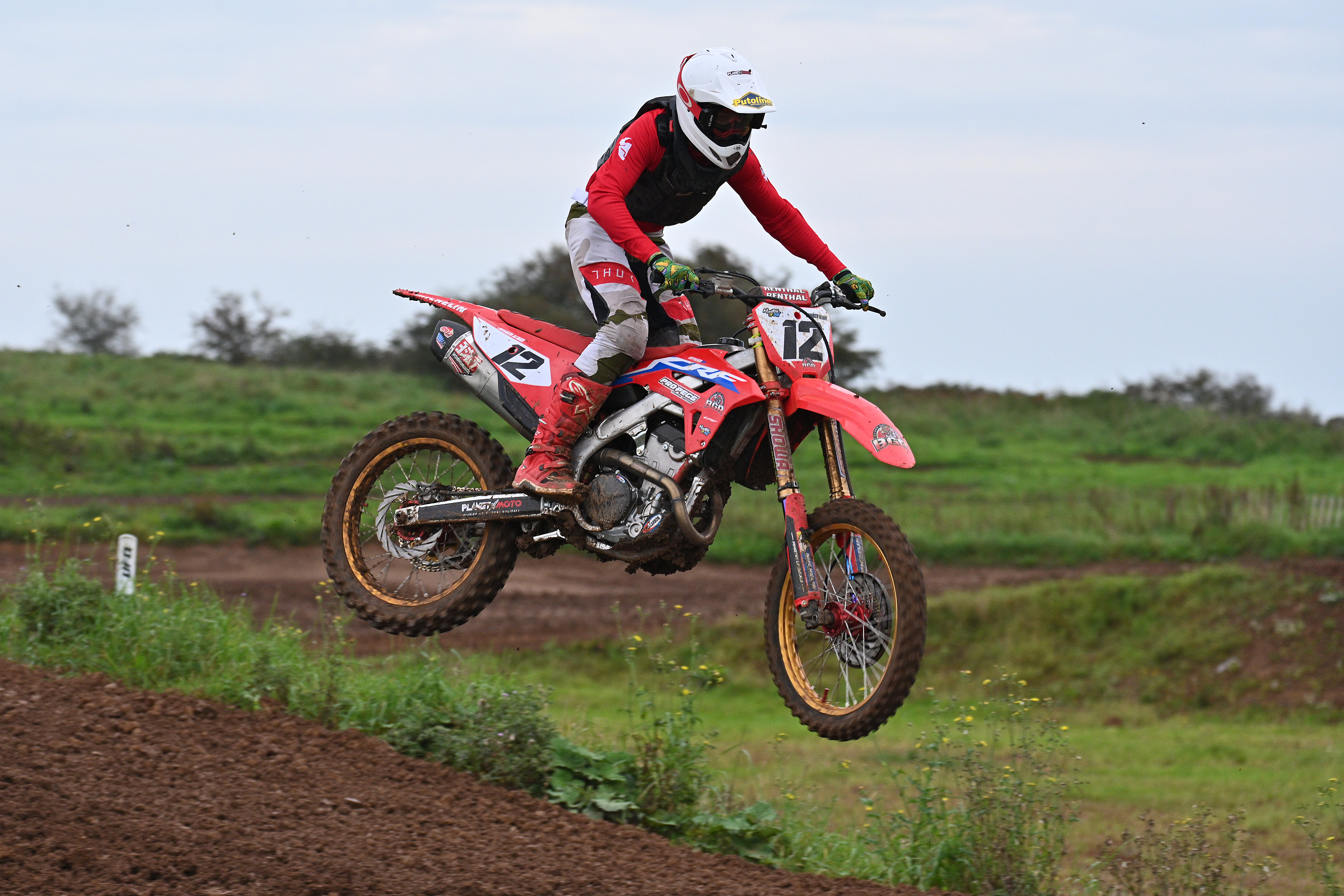


Features ★★★★★ | A gargantuan 180-600mm zoom range is the standout feature, backed by zippy autofocus and 5.5-stop optical VR. |
Design ★★★★★ | Zoom and focus is fully internal, and it's easy to locate subjects zoomed out then fully zoom in with a 90-degree twist of the zoom ring. |
Performance ★★★★★ | The lens proved highly impressive in real-world tests, with superb sharpness, clarity, contrast and color rendition. |
Value ★★★★1/2 | It's Nikon's most 'affordable' ultra-telephoto zoom – although admittedly that's a relative term! |
Best superzoom lens for the Z5 II & Z5
Specifications
Reasons to buy
Reasons to avoid
The sheer versatility of this lens's 24-200mm range is really appealing as a one-lens solution for a wide variety of shooting scenarios, from landscapes and portraits at the wider end to telephoto shots of distant subjects. The compact and relatively lightweight design is another significant plus. For a lens with such an extensive zoom range, it handles surprisingly well and doesn't feel overly cumbersome, making it a great travel companion. The inclusion of Vibration Reduction is handy, working hand-in-hand with the in-body image stabilization of the Z5 II and Z5.
Optically, considering its superzoom nature, the lens performs respectably. While it might not have the absolute sharpness and contrast of shorter zooms, it delivers good image quality across the focal range. Sharpness is generally good in the center, with some expected softening towards the edges, particularly at the extremes of the zoom range. Chromatic aberration is reasonably well-controlled. Autofocus was generally quick and accurate, making it suitable for capturing a variety of subjects.
The Nikon Z 24-200mm f/4-6.3 VR offers an incredibly convenient and versatile package for Z5 II and Z5 users. It’s a solid all-rounder that prioritizes versatility and portability and is an excellent option for travel photography, general photography, and anyone looking for a single lens that can handle a wide range of shooting situations without the need for frequent lens changes.
Nikon also makes a Z 28-400mm f/4-8 VR superzoom that goes double the distance, but it's quite a lot bigger and doesn't perform quite so well optically.
Read more: Nikon Z 24-200mm f/4-6.3 VR review
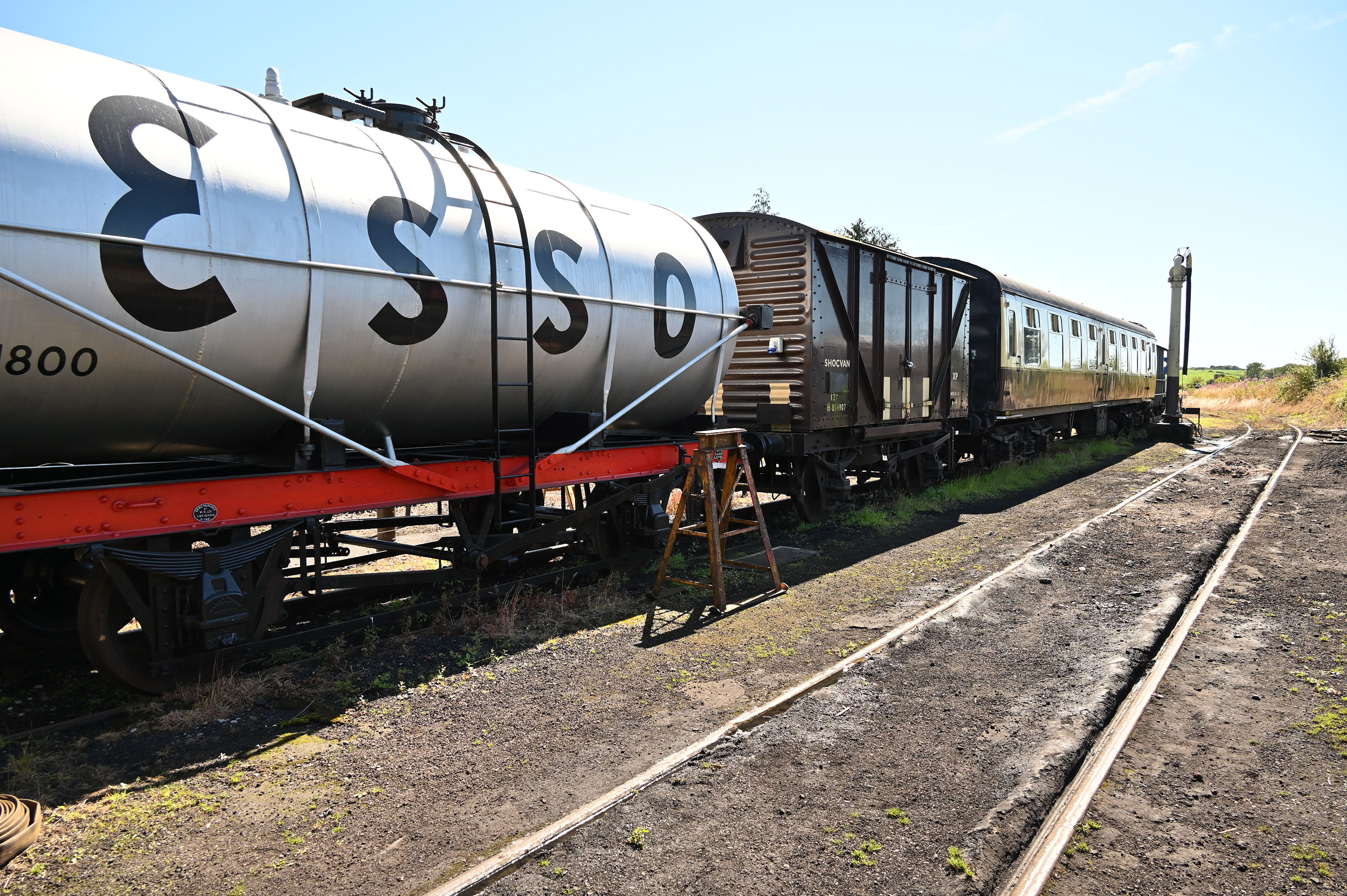


Features ★★★★1/2 | Sharpness is very good for a superzoom, and 5-stop IBIS helps beat the shakes. |
Design ★★★★★ | Compact and lightweight considering its epic zoom range, making it an ideal travel companion. |
Performance ★★★★★ | While it can't match Nikon's 28-400mm superzoom for outright reach, it wins out for image quality. |
Value ★★★★1/2 | It's like getting a full-frame standard and telephoto zoom in one, albeit with a sluggish max aperture at the long end. |
Best macro lens for the Z5 II & Z5
Specifications
Reasons to buy
Reasons to avoid
This Nikon Z MC 50mm f/2.8 is a true 1:1 macro lens, meaning it can reproduce subjects at their actual size on the image sensor, opening up a world of intricate detail, although you do have to get very close – about two inches from the subject – to achieve this. It has a shorter focal length than most macro lenses, but also has a relatively affordable price that will appeal to Nikon Z5 II and Z5 owners.
The sharpness it delivers is truly outstanding, even wide open at f/2.8. I was able to capture incredibly fine textures and details in flowers, insects, and everyday objects. Corner-to-corner sharpness holds up remarkably well, which is crucial for macro work where edge details often matter. Handling-wise, the lens is a dream. It's lightweight and compact, so it’s a good physical match for the Z5 II and Z5, making it a fantastic companion for long shooting sessions. The manual focus ring is smooth and precise, which is essential for critical macro focusing. The autofocus, while not the primary focus of a macro lens, is surprisingly quick and accurate for general use.
Beyond its macro capabilities, it could also double as a general-purpose 'nifty fifty' standard prime, which makes it a versatile lens for general shooting, including portraits and street photography. The f/2.8 aperture provides a pleasing shallow depth of field, allowing subjects to stand out beautifully against a blurred background.
Read more: Nikon Z MC 50mm f/2.8 review



Features ★★★★☆ | There’s no VR but the lens does deliver full 1.0x macro magnification, complete with an autofocus range limiter. |
Design ★★★★☆ | The extending inner barrel has focus distance and magnification scales but reduces the working distance to just 2 inches at maximum magnification. |
Performance ★★★★☆ | Center-sharpness is excellent and remains so even at narrow apertures, often desirable for gaining a little depth of field in macro photography. |
Value ★★★★☆ | It’s like having two lenses in one, and while it's main purpose is for macro, it makes a great 'nifty fifty' standard prime for everyday shooting. |
Best wide prime for the Z5 II & Z5
Specifications
Reasons to buy
Reasons to avoid
The Nikon Z 35mm f/1.4 delivers a classic wide-angle focal length and a fast aperture – faster, indeed, than Nikon's pricier 35mm f/1.8 S-line lens. It feels solid and well-constructed, yet surprisingly compact and lightweight for a lens with such a wide aperture. Optically, it's a standout performer. Even wide open at f/1.4, sharpness is exceptional, with incredible detail and clarity across the frame. I was particularly impressed by its ability to resolve fine textures and subtle details. The bokeh is also beautifully smooth and creamy, creating lovely subject isolation and background blur.
The 35mm focal length is incredibly versatile, making it suitable for a wide range of subjects, from street scenes and environmental portraits to landscapes and even some close-up work. The fast f/1.4 aperture not only allows for stunning bokeh but also excels in low-light situations, making it a great choice for shooting in challenging lighting conditions. Autofocus performance is swift, silent, and accurate, ensuring you can capture sharp images even when shooting fast-moving subjects. The manual focus ring is smooth and precise, allowing for fine-tuning when needed.
The Nikon Z 35mm f/1.4 is a fantastic lens that combines exceptional image quality, a useful focal length, and a fast aperture in a compact and well-built package. It's a worthy addition to any Nikon Z5 II or Z5 shooter's kit bag, particularly for those who appreciate the classic 35mm perspective and the creative possibilities offered by a wide aperture. It's a lens that inspires creativity and delivers stunning results.
Read more: Nikon Z 35mm f/1.4 review
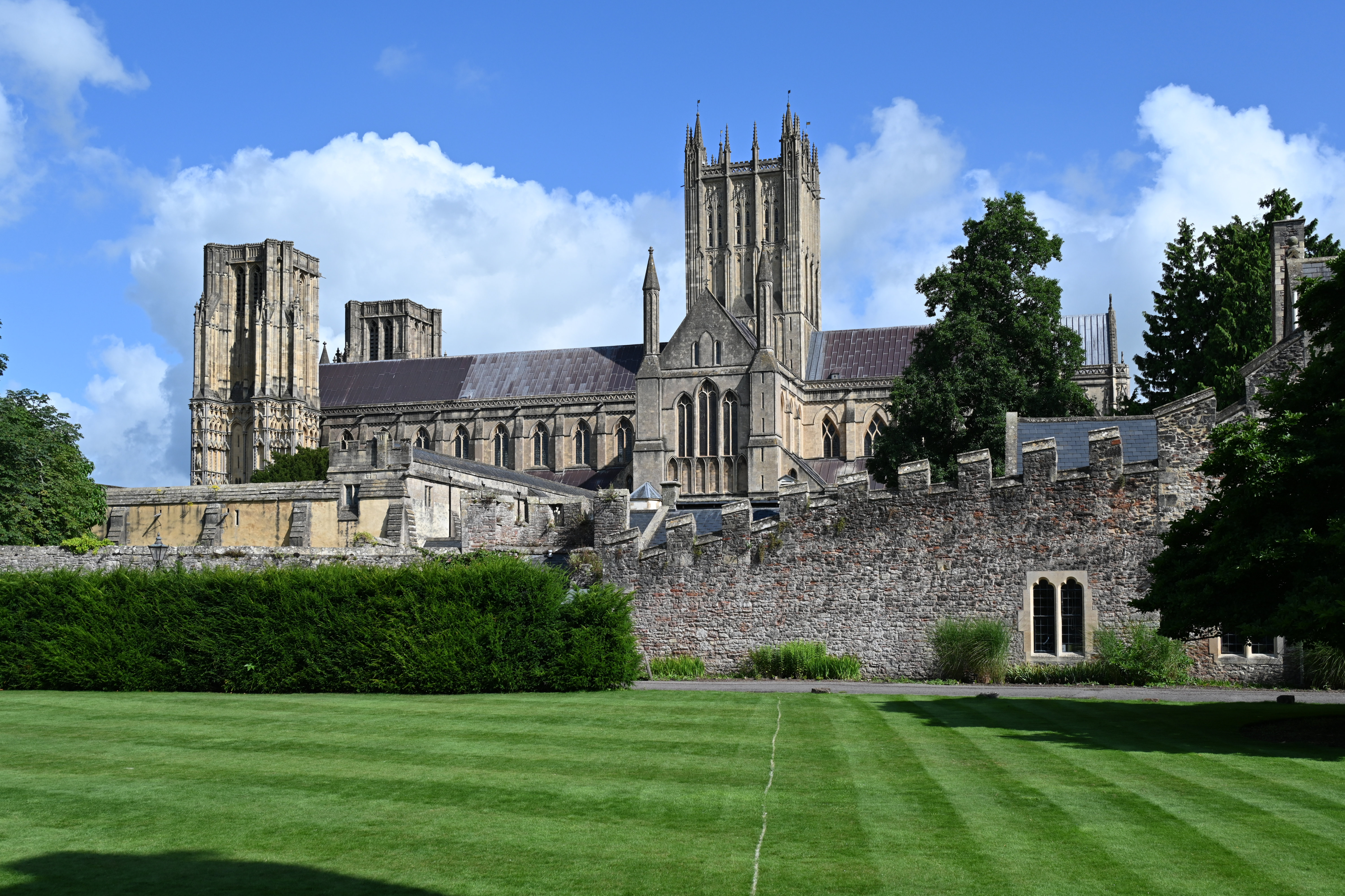

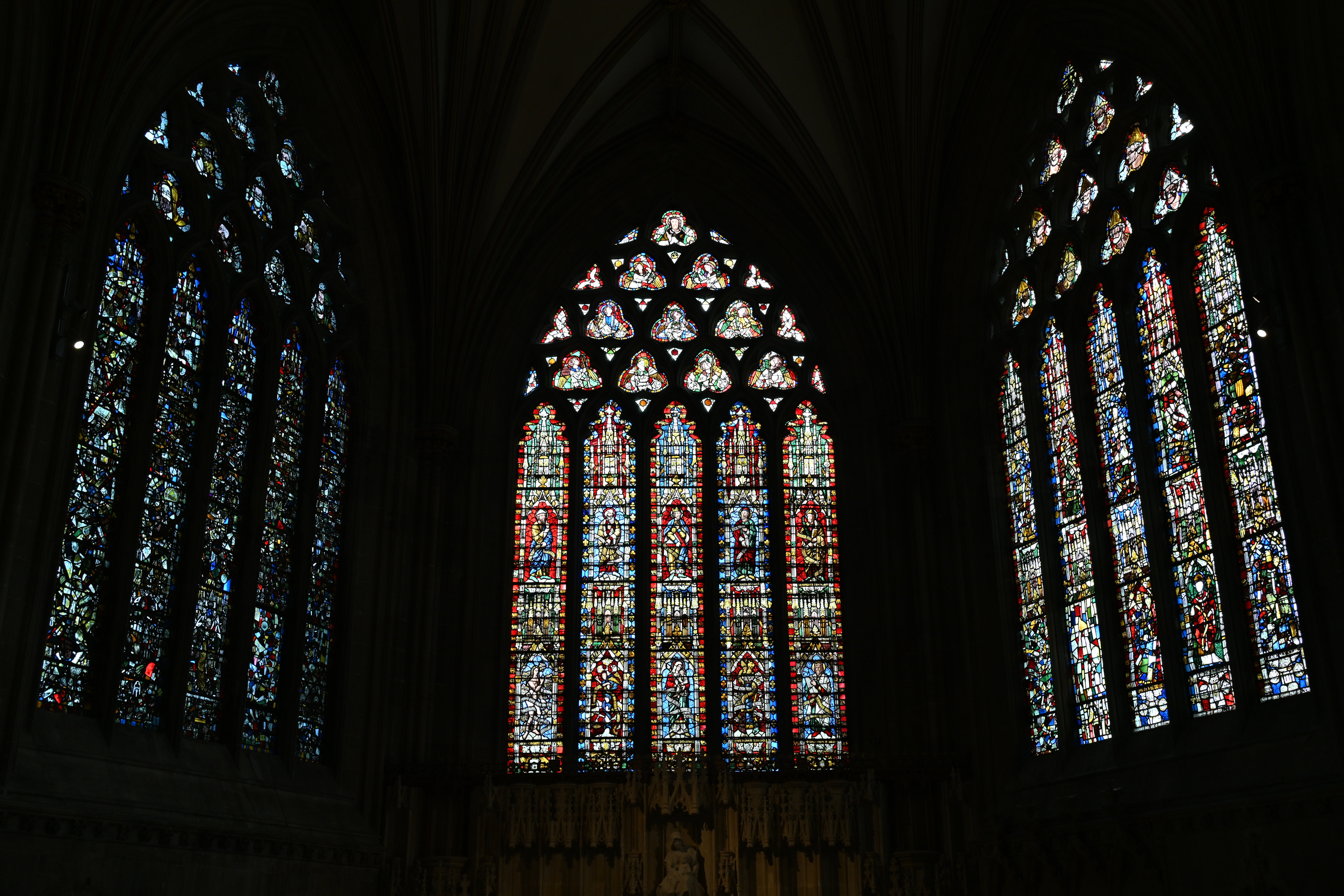
Features | The feature set is pretty modest, without an AF/M focus mode switch nor any ED glass. | ★★★★ |
Design | It’s fairly small and lightweight for an f/1.4 prime, but includes a secondary control ring. | ★★★★ |
Performance | Image quality is very satisfying although there’s the typical dependence on in-camera correction for distortion | ★★★★★ |
Value | It’s good value for an own-brand Nikon f/1.4 prime. | ★★★★ |
Best nifty fifty for the Z5 II & Z5
Specifications
Reasons to buy
Reasons to avoid
Like the Nikon 35mm f/1.4, the Nikon Z 50mm f/1.4 is faster and cheaper than its f/1.8 S-line equivalent. And while it's not an 'S-line' lens, it feels well-built and robust, inspiring confidence. Despite its fast f/1.4 aperture, it maintains a manageable size and weight, making it comfortable for extended shooting sessions. The focus ring operates smoothly and precisely, allowing for fine adjustments.
Even wide open at f/1.4, sharpness is remarkable, rendering images with incredible detail and clarity. Bokeh is also exceptionally smooth and creamy, creating beautiful background blur and isolating subjects effectively. The 50mm focal length offers a natural perspective that's well-suited for a wide range of subjects. From portraits and street scenes to landscapes and even some close-up work, this lens can handle it all. The ultra-wide f/1.4 aperture not only allows for stunning bokeh but also excels in low-light conditions.
Autofocus performance is swift, silent, and accurate, ensuring you can capture sharp images even when working with moving subjects. The lens also performs admirably in video mode, with smooth and quiet focusing transitions. The Nikon Z 50mm f/1.4 combines exceptional image quality, a versatile focal length, and an ultra-wide aperture in a well-built and relatively compact standard prime lens.
Read more: Nikon Z 50mm f/1.4 review



Features ★★★★☆ | Top of the feature list is the fast f/1.4 aperture and the lens has dual customizable control rings. |
Design ★★★★☆ | It looks and feels a little basic, with no A/M focus mode switch, but the build includes weather-seals. |
Performance ★★★★☆ | It’s not one of Nikon’s up-market S-line lenses, but performance combines good sharpness and nice bokeh. |
Value ★★★★★ | The lens is excellent value for a 50mm f/1.4, undercutting the list price of the Z f/1.8 version. |
Best portrait lens for the Z5 II & Z5
9. Nikon Z 85mm f/1.8 S
Our expert review:
Specifications
Reasons to buy
Reasons to avoid
The Nikon Z 85mm f/1.8 S is one of Nikon's 'S-line' lenses that designates 'pro' performance levels, but it offers very good value and is a good fit for Z5 II and Z5 owners looking for a portrait prime, with a classic 85mm focal length. Build quality is superb – it feels solid and robust in hand without being overly heavy. The sleek design and smooth focus ring contribute to a premium feel. Optically, this lens is a stellar performer. Even wide open at f/1.8, the sharpness is exceptional across the entire frame. The level of detail it resolves is truly impressive, making it fantastic for capturing intricate textures in portraits.
One of the standout features is the absolutely gorgeous bokeh. Out-of-focus areas are smooth, creamy, and beautifully rendered backgrounds, allowing your subject to truly pop. This lens excels at creating that classic portrait look with excellent subject isolation. Autofocus is swift, silent, and incredibly accurate, thanks to Nikon's stepping motor. It locks onto eyes with precision when used in conjunction with the Z5 II and Z5's Eye AF subject recognition mode, which is crucial for portraiture. The lens also performs admirably in video mode, with smooth and quiet focusing transitions.
Overall, the Nikon Z 85mm f/1.8 S is a phenomenal portrait lens. It delivers exceptional image quality with outstanding sharpness, coupled with fast and accurate autofocus. The 85mm focal length is ideal for flattering portraits, providing a comfortable working distance and minimizing distortion. The bright f/1.8 aperture not only allows for beautiful bokeh but also excels in low-light conditions, making it a versatile lens for various shooting environments.
Read more: Nikon Z 85mm f/1.8 S review



Features ★★★★★ | Like its 50mm sibling, this S-line lens doesn’t look anything special but packs strong features in terms of glass and coatings. |
Design ★★★★★ | It’s not overly compact for an 85mm f/1.8 prime but the optical path is quite complex and the lens is weather-sealed. |
Performance ★★★★★ | Perfect for portraiture, the combination of focal length and aperture helps to deliver superb sharpness and beautiful bokeh. |
Value ★★★★☆ | It’s pricey for an f/1.8 lens but at least it’s less than a third of the price of the Z 85mm f/1.2. |
Lab data and comparisons
The graphs below show the comparative performance of the lenses in this guide, based on our in-house lab tests. The prime lenses lead the way for sharpness in this group, although the zooms also do very well on the whole. Color fringing and distortion are well controlled on the whole, and automatic in-camera correction is available for these aberrations anyway, which often can’t be disabled.
Scores for sharpness and color fringing are averaged from data taken across the entire image frame, from the center to the edges and corners, throughout the aperture range. For zoom lenses, the scores are also averaged from data measured at all marked focal lengths, and the same applies to distortion. Bear in mind that these average values don't fully reflect specific areas of performance. For example, a zoom lens might have noticeable barrel and pincushion distortion at its shortest and longest focal lengths respectively, which tends to average out when looking at the data overall. For more detailed graphs of each lens's performance, which give the full picture, check out the graphs in our full standalone lens reviews.
How to choose the best lens for the Nikon Z5 II & Z5
Which lenses fit the Nikon Z5 II & Z5?
The Z5 II and Z5 cameras use the Nikon Z mount and are compatible with all lenses designed for that mount. Nikon’s own Z-mount lenses all have Z at the start of their model names.
Some Z-mount lenses are designed for use with APS-C format cameras rather than full-frame cameras. Nikon lenses that fall into this category have DX as part of their model names. While they physically fit on the Z5 II and Z5, these lenses produce a cropped image, so they’re not ideal. None of the lenses in this guide is a DX-format lens.
If you are buying a third-party lens for your Z5II/Z5, always check that it is designed for full-frame (or FX) Nikon Z cameras, rather than APS-C (or DX) Nikons.
The Z5 II and Z5 are also able to use F-mount lenses, which are made for use with Nikon’s DSLR cameras. For this, you need the Nikon Mount Adapter FTZ II. The idea is that owners of older DLSR cameras can buy a Z camera and still use their old lenses.
How do I know which lens to get for my Z5 II/Z5?
The reason there are so many types of lens in the first place is that different scenes demand different lens designs, particularly when it comes to focal length and aperture rating.
Usually, you will decide what you want to photograph, then get a lens with the focal length that suits the situation. For example, to shoot landscapes you will need a wide-angle lens, while for sports and wildlife you will need a telephoto.
You can watch this video that explains focal length: it helps you work out what kind of lenses you need for different genres of photography.
How we test lenses
The lens experts in our testing lab run a range of tests under controlled conditions, using the Imatest Master testing suite. Photos of test charts are taken across the range of apertures and zooms (where available), then analyzed for sharpness, distortion and chromatic aberrations.
We use Imatest SFR (spatial frequency response) charts and analysis software to plot lens resolution at the centre of the image frame, corners and mid-point distances, across the range of aperture settings and, with zoom lenses, at four different focal lengths.
There's more to it than just the technical side, though! Beyond the lab, our reviewers test lenses in real-world environments – and sometimes on professional shoots! We work with lenses both indoors and outdoors, in studio conditions and in natural light, with as many different subjects as is possible (or appropriate – there's no point testing a landscape lens' ability to shoot a portrait!).
We take into account everything from handling and ease of use to speed of autofocus and the overall quality of the images produced.
Find out more about how we test and review on Digital Camera World
The best camera deals, reviews, product advice, and unmissable photography news, direct to your inbox!

Prior to joining digitalcameraworld.com as Guides Editor, Adam was the editor of N-Photo: The Nikon Magazine for seven years, and as such is one of Digital Camera World's leading experts when it comes to all things Nikon-related.
Whether it’s reviews and hands-on tests of the latest Nikon cameras and lenses, sharing his skills using filters, tripods, lighting, L brackets and other photography equipment, or trading tips and techniques on shooting landscapes, wildlife and almost any genre of photography, Adam is always on hand to provide his insights.
Prior to his tenure on N-Photo, Adam was also a veteran of publications such as PhotoPlus: The Canon Magazine, so his wealth of photographic knowledge isn’t solely limited to the Big N.
